HELENA SARIN: NEURAL BRICOLAGE
Visual artist and software engineer, Helena Sarin has always been working with cutting edge technologies, first at Bell Labs, designing commercial communication systems, and for the last few years as an independent consultant, developing computer vision software using deep learning. While she has always worked in tech, Helena has been doing commission work in watercolor and pastel as well as in the applied arts like fashion, food and drink styling and photography.
But art and software ran as parallel tracks in her life, all her art being analog... until she discovered GANs (Generative Adversarial Networks). Since then generative models became her primary medium.
Much of Sarin’s work is modelled on food, flowers, vases, bottles and other ‘bricolage’ as she calls it.
Her artwork was exhibited at AI Art exhibitions in Dubai, Oxford, Shanghai,Miami, and in our Automat und Mensch show in Zürich last year; she was featured in number of publications including the Jan 2020 issue of “Art In America” magazine and in the BBC guide on How Artificial Intelligence is Changing the World where i is for… imagination.
Helena is using this time of lockdown as an opportunity to work on a few artists books, each featuring her AI artwork.
Kate Vass Galerie is glad to have the opportunity of working with the artist and we recently acquired for our private collection several of her new works tokenized NFTs on SuperRare accompanied by the unique prints. See below:




We highly recommend the brilliant Artnome article from 2018 where Jason Bailey digs more into Helena Sarin’s #neuralBricolage: An Independent Artist’s Guide to AI Artwork That Doesn’t Require a Fortune.
Kate Vass Galerie is glad to announce that we will present selected works by Helena Sarin at CADAF Online at the end of June!
During this time we will be exhibiting and selling both tokens accompanied by the unique prints.
The work that you see on the right side is called: #adversarialEtching, after Modigliani
This work started as an analog drawing transcribing a Modigliani painting; it was chained via several cycleGAN models, and blended with a random output of the artist GAN Weaver model. Unique NFT on the blockchain available in the link https://superrare.co/artwork-v2/adversarialetching,-after-modigliani-10714 .
Click on the picture to follow the link to see the unique print.
More works, please see below and visit the artist page: Helena Sarin .
ESPEN KLUGE: "giving normal people abnormal experiences"
After the successful solo exhibition “Alternatives” of Norwegian digital artist Espen Kluge at Kate Vass Galerie in October 2019, we are happy to announce that selected Espen Kluge cryptoworks are now featured in a brand new exhibition in Virtual Reality: "giving normal people abnormal experiences", which you can experience on decentralized land of SomniumSpace parcel 1047 at M○C△- Museum of Crypto Art. 10 digital works (NFTs on blockchain) have been acquired from Opensea by the Museum for their collection and the new experience space has been developed just for Espen Kluge art.
The idea of pushing the boundaries of human imagination of how you can exhibit, look at, and experience art came to the reality with technological progress and platforms like Somnium Space, which enables us to curate all of the aspects: architecture, the composition of works, colors as well as audio effects.
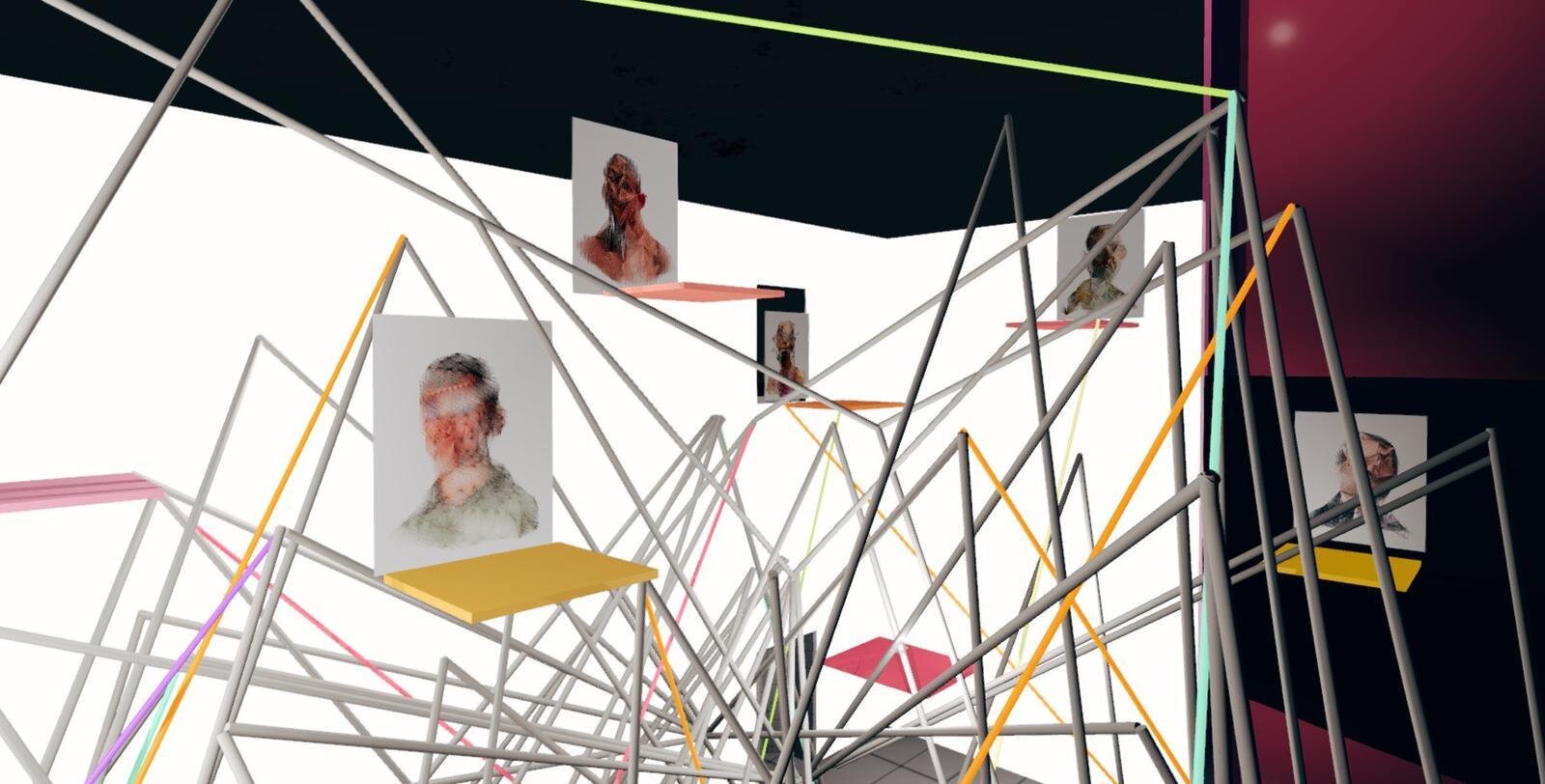
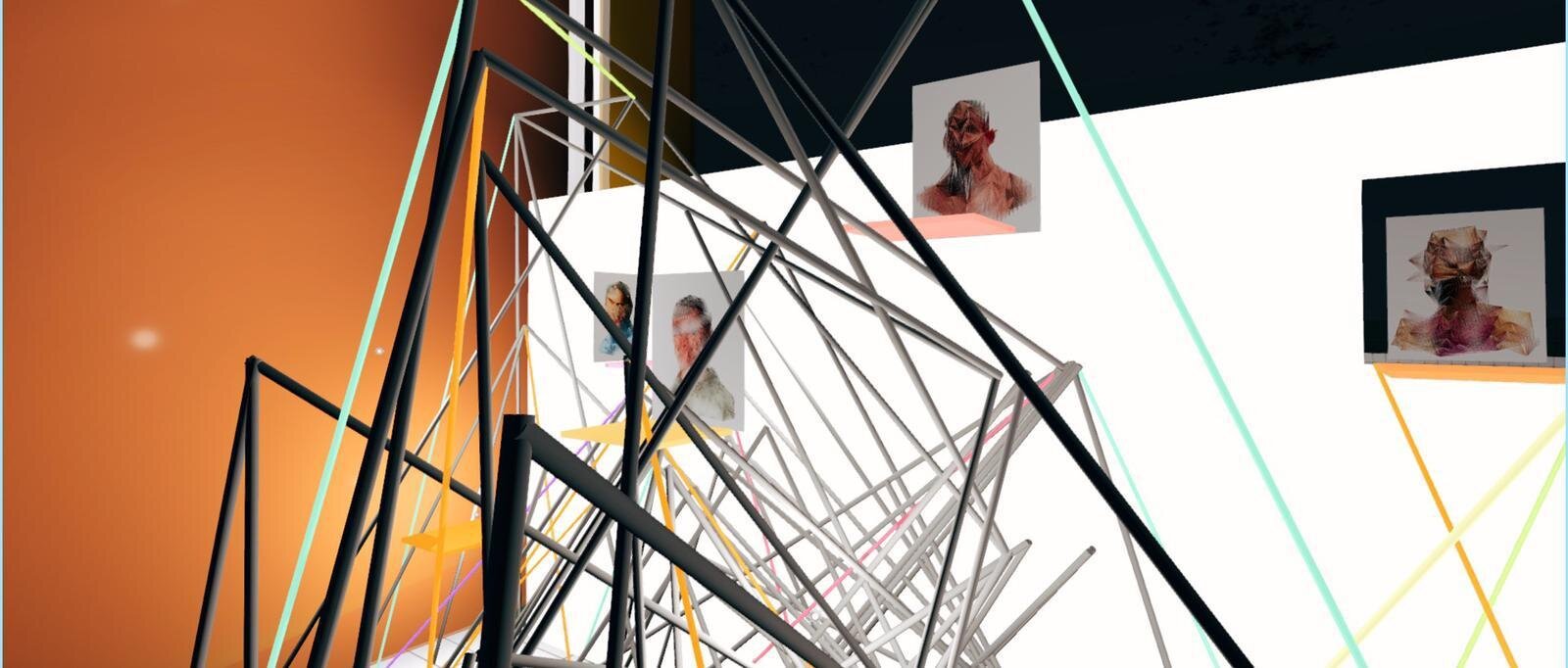
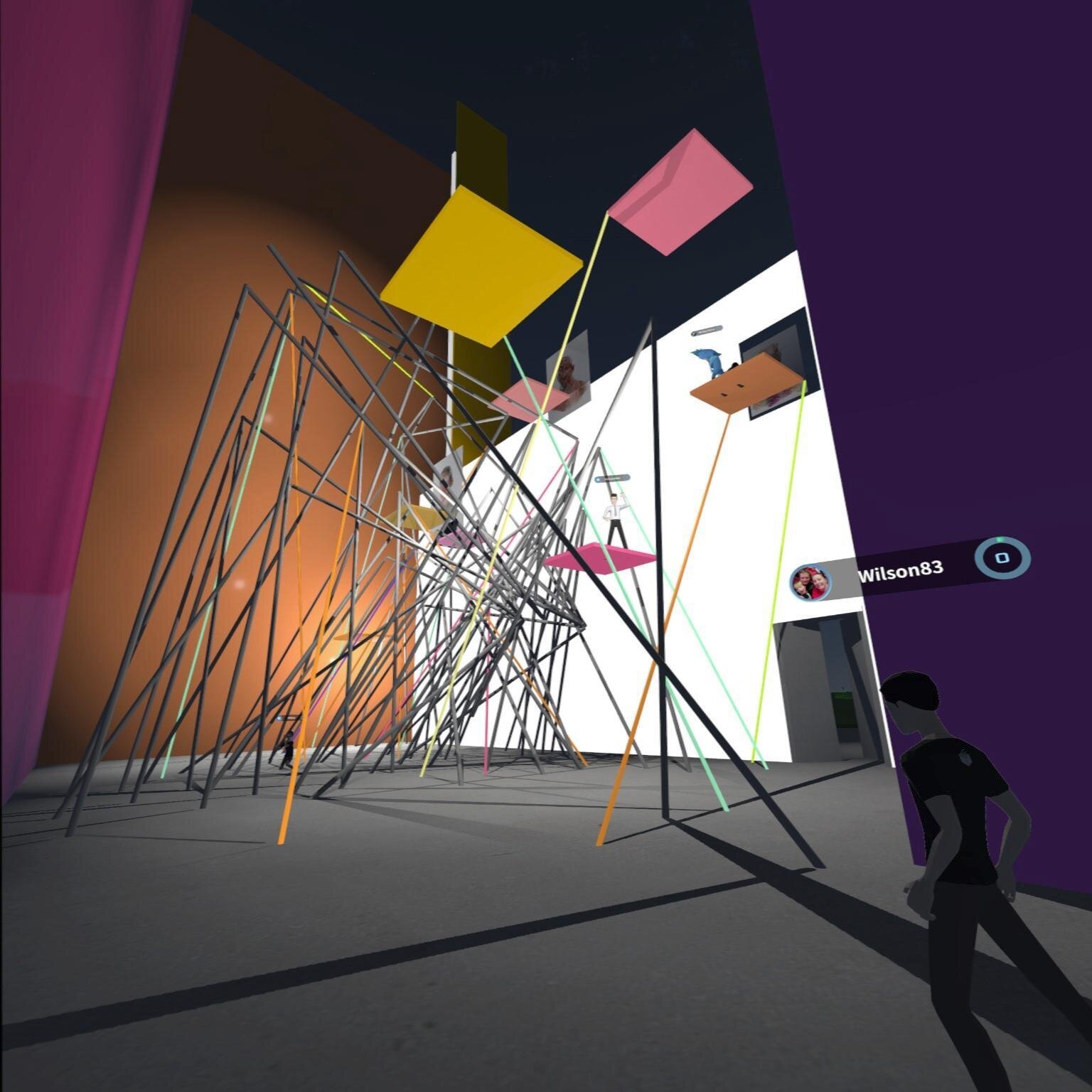
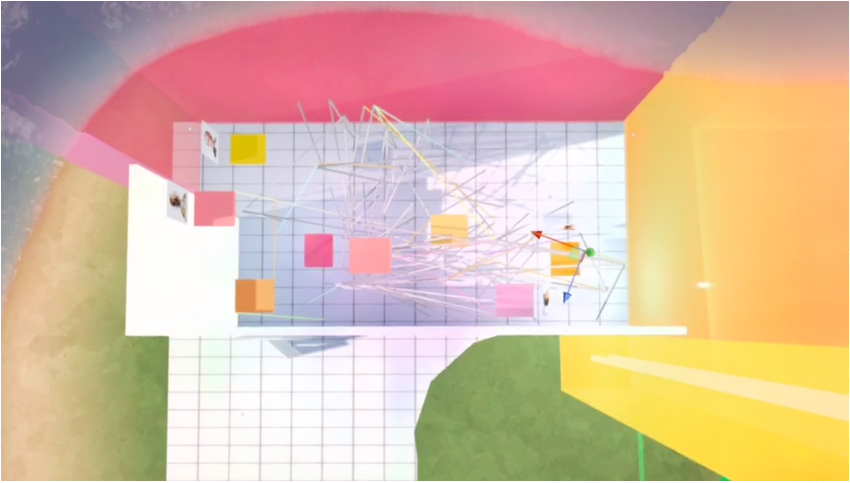
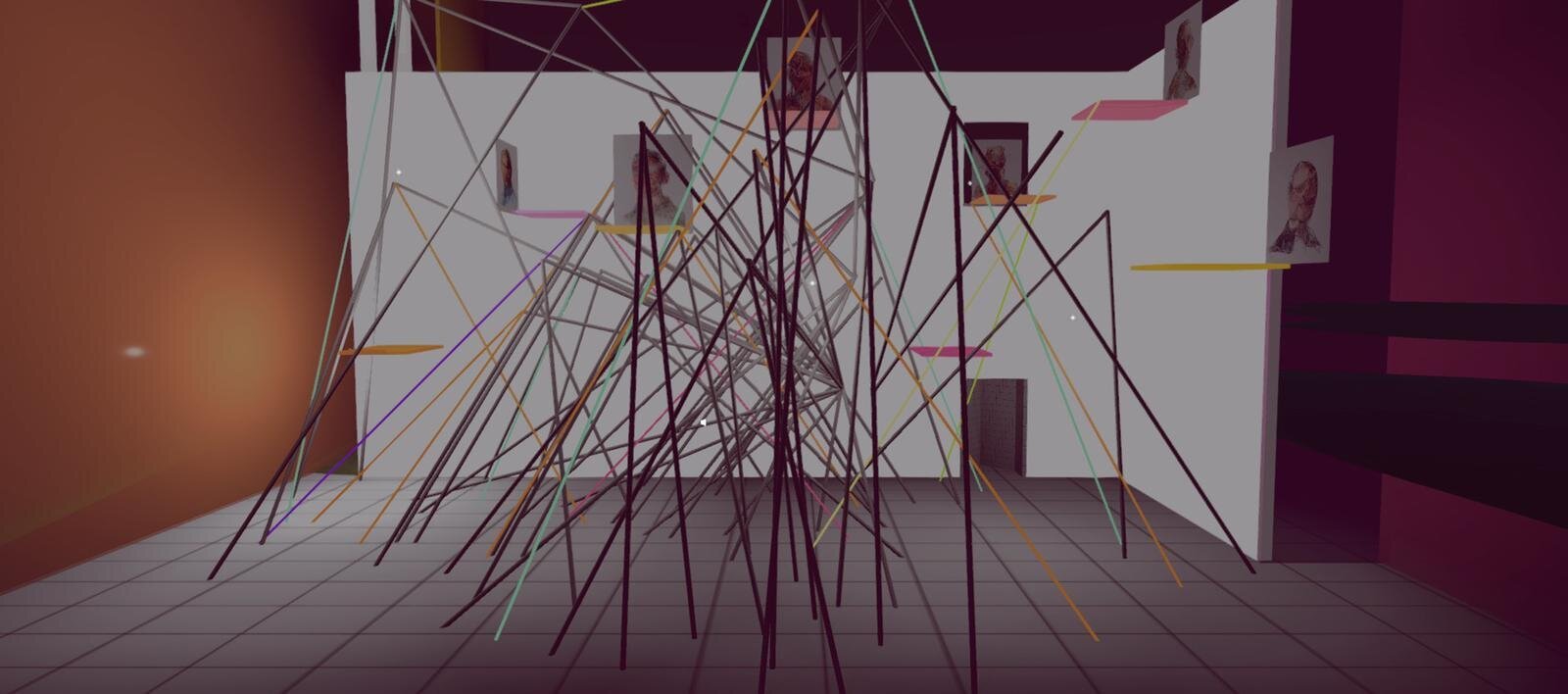
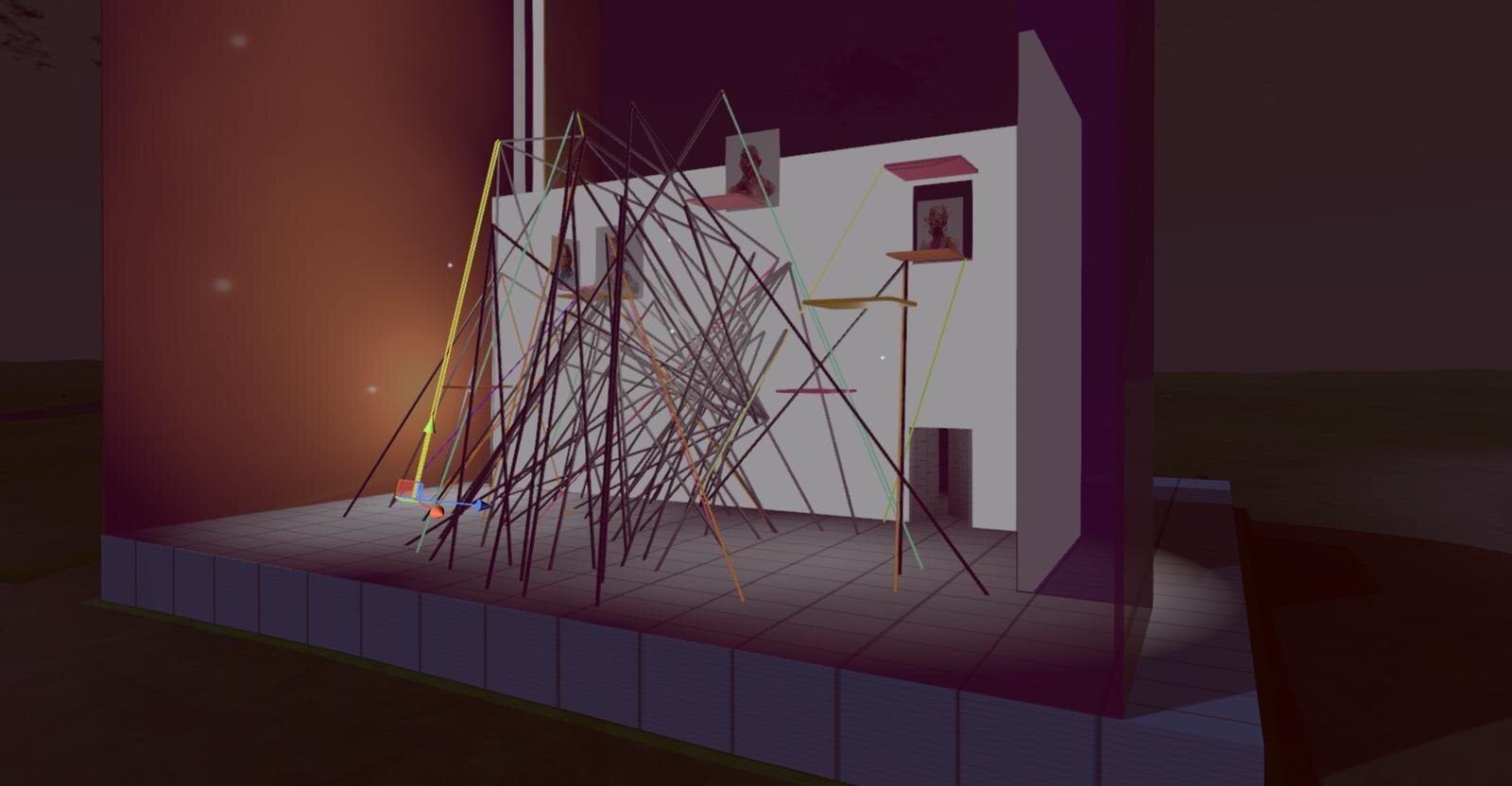
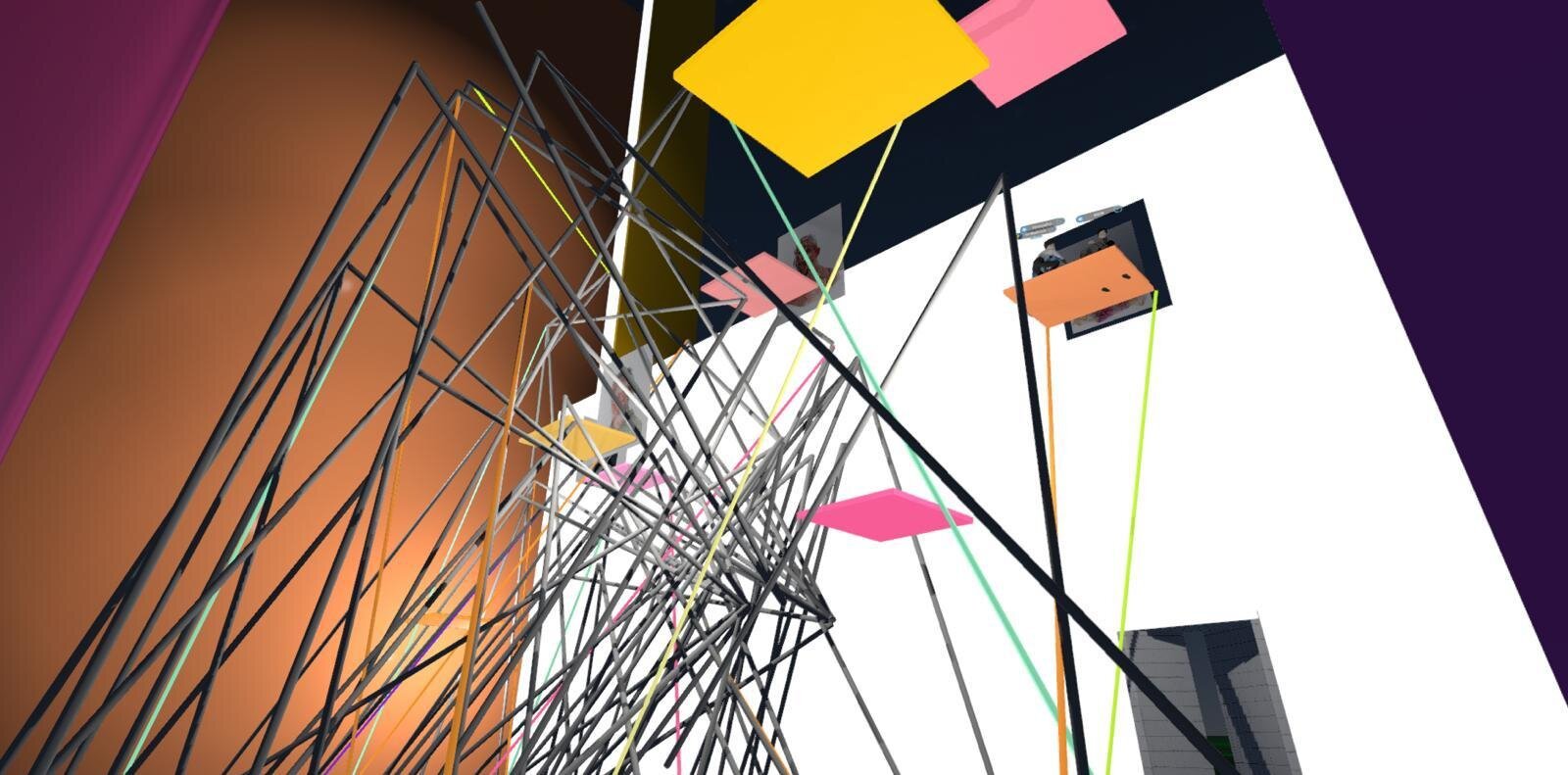
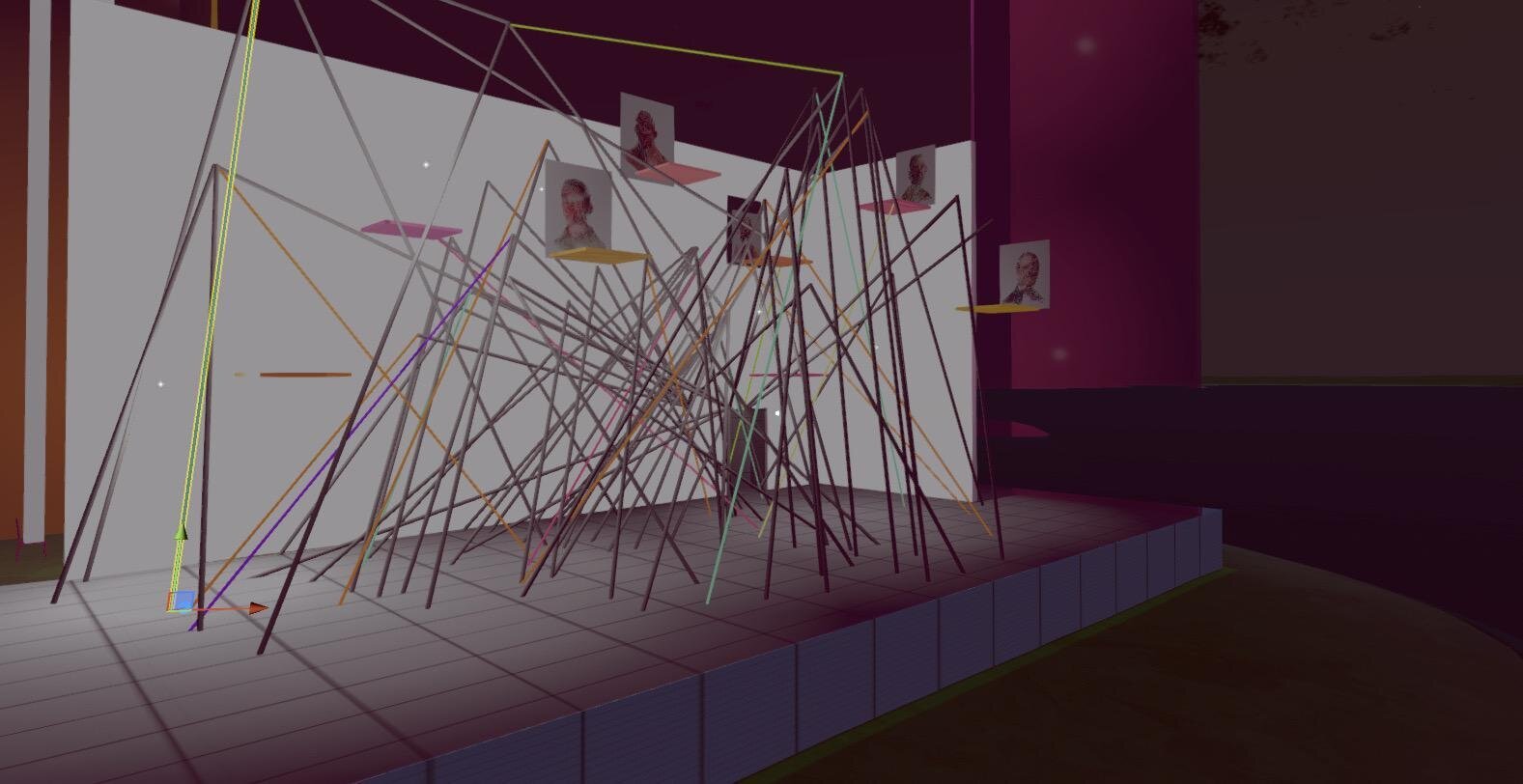
It was exciting to work on this show and collaborate with MoCA team and to be the first physical gallery in the world to help to deliver one-of-a-kind artist experience. You can feel the space mirroring the artworks, and this is something that I love about VR. It helps to extend the reality and go beyond the two-dimensional work. In a creative process with MoCA Team we were able to create a unique space with a vectored build architecture that emphasizes the linear elements of construction used in Espen's Kluge art.
The title chosen for this program replicates the name of the main artwork that you see right at the entrance of the VR space: "giving normal people abnormal experiences." The titles of the works are an additional extraordinary about Espen's practice, and he says: "Each piece is named by finding some information about the image that I have as a source photo. I try just to pick some words and put it as a title without thinking anything about it."
The music is another component that was taken into consideration while curating this exhibition. Kluge is a talented artist in many ways. You may recognize his compositions for the Norwegian television show Who Killed Birgitte? For this particular VR show we have brought his music to accompany the beautiful artworks, as you enter the space you are surrounded with the sound of his recent audio creation. As you move further through the door, the melody evolves to a different one. Currently, Espen works on his new album, which comes out in the fall this year. It has its origin from a project that he did in 2019, where he created one piece of music every day. The album contains the best 25 pieces from the first 100. He will be releasing it on all major digital platforms, and we will post news of its arrival on our socials. Meanwhile, you can enjoy some of the tracks here.
Espen Kluge ‘giving normal people abnormal experiences’ at the entrance of the MoCA exhibition space on Somnium.
Some unique works by the artist are available as NFTs on the blockchain on Opensea and as prints from his solo show at Kate Vass Galerie in Zürich. Many clients ask me: "…what if I buy a digital work, can I also print it?" I would like to respond to this question here. As a client, of course, you are not prohibited from doing so, however, this printed version of yours, let us call it "a poster," won't be considered like an artwork by the artist, and most importantly, it won't have a required quality and value either.
"Printing these pieces is not a very simple task. That is partly due to the extreme detail of the actual graphics making it important to move the graphics from code to a printable file without losing clarity (thousands of lines look terrible using bad conversion or resize algorithms). Also, the actual printing process needs special attention and consideration for each piece to secure the best possible outcome. I can say that by being really thorough in the printing process, I have become extremely happy with the unique print edition of the series." Espen Kluge
For the ones who would like to have both: print and digital, we advise contacting us and buy the original artwork, which is produced and signed by the artist, as well as accompanied by the Certificate of Authenticity. The true collector goes for the highest standard, and we are happy to support the artist and the collector by delivering the best provenance. The prints are all unique and available in 3 sizes: 30x40cm, 50x70cm, and 70x90cm accordingly. If you own the token and would like to accompany it with the physical work, let us know.
Meanwhile, I encourage everyone to visit VR experience @Moca on Somnium Space and check out the artist page.
I would like to say special thank you to Moca Team: Colborn Bell, Pablo Rodriguez-Fraile and Desiree Casoni.
References:
In the promo video the music is by Osiris - 21st Century Divide.
The video with the rotation of all works is accompanied by the music composed by Espen Kluge.
Sincerely yours,
Kate Vass
artist talk: OSINACHI - EXISTENCE AS PROTEST - the journey through the mind of the artist
We are excited to release today a special video with our dear artist Osinachi about his creative journey, the process and philosophy behind the exclusive works produced and currently on display at his debut solo show ‘EXISTENCE AS PROTEST’ at Kate Vass Galerie!
“Developing the artworks in this exhibition was definitely what psychology refers to as ‘experience-dependent process’. The process demanded that I, as an artist, respond to events that have come to plaster themselves in my subconscious since I was a child. The entire exhibition is a manifestation of my response to issues like toxic masculinity, gender fluidity, homophobia, sexism, religiosity, climate change, all of which are entwined in the politics of individualism.
‘Existence as Protest’ is a first-time solo display of the figurative portraiture approach, which has become my signature style”. - Osinachi
Osinachi (born Prince Jacon Osinachi Igwe, 24 October 1991) is a self-taught digital artist whose work explores personal experiences within a technological environment. He grew up in Aba, Nigeria and he produces drawings using Microsoft Word, where he utilizes the basic limited design palette of the word processing software to create narrative illustrations. Africa’s foremost cryptoartist, Osinachi‘s works are further registered on the blockchain and sold as non-fungible tokens (NFTs). In 2018, he became the first-ever Nigerian artist to showcase artworks at the Ethereal Summit, a conference in New York that seeks to bridge the gap between technology and art through blockchain.
Kate Vass Galerie is a pioneer gallery, whose mission is to link traditional and digital art: the gallery lies at the intersection of art and technology with the purpose to serve as a ‘portal’ between these two coexisting realities. Therefore, at the Osinachi solo show ‘Existence as Protest’ we are happy to offer to our collectors both: beautiful physical prints and crypto-works tokenized on the blockchain as NFTs. We do believe in the importance of the two mediums, digital and physical, even more when combined. Many digital artists leave their creations in the virtual form, making it difficult for some collectors to be able to enjoy the physical outcome. In the case of Osinachi, it’s a great opportunity -not to miss!- having the chance to acquire the works as NFTs and as prints.
We invite you to enjoy the video and browse Osinachi work online! All 10 cryptoworks which were created as NFTs for the show had been sold out on the blockchain during COVID -19 lockdown. As we open our doors for public again, don’t miss to have a look at the prints still available here. We strongly encourage the collectors who have already purchased NFTs to consider to acquire the corresponding prints to add value to your collection.
Installation view of Osinachi, Nduka’s Wedding Day
Kate Vass Galerie is happy to share the experience of its own collection and give an example. Below you can see the stunning Nduka's Wedding Day by Osinachi as a NFT and as a print, signed by the artist. The provenance for both is unquestionable and we enjoy an animated version on the screen, as well as a calmer traditional framed canvas hanging in the gallery.
The Foreword of the exhibition has been written by Artnome founder Jason Bailey, who also features Osinachi art in his 2020 Art Market Predictions and demonstrates a great standard of new type of collector, he has acquired both digital and print from Osinachi selection.
’Osinachi took Microsoft Word, a word processing tool with 1.2 billion users globally, and found a new way to use it as a tool for making digital art that none of us have seen before. Through sheer effort, imagination, and creativity, Osinachi brings virtuosity to what most people overlooked or cast aside as a crude tool for making basic shapes and patterns. Osinachi’s textures and color palettes sing out and demand attention. Inspired by the textiles found in Nigeria, they feel more like a rich collage of vibrant fabrics than a screen full of cold lifeless pixels. The fearless creative energy and positivity of Osinachi’s aesthetic extend seamlessly into the subject matter of his work.
Like all great artists, Osinachi is a mirror of his times, and the topics he addresses -- from environmentalism to racism and single parenthood -- resonate far outside the borders of Nigeria. He is a reminder of what art and artists can be for us all when they are performing at their best and fulfilling their most important function within our increasingly global culture.’
Harold Cohen: ‘Once upon a time there was an entity named Aaron’
Harold Cohen (1928 – 2016) explored AI and art for nearly 50 years before we saw the rising popularity of these new machine learning tools. In those five decades, Cohen worked on a single program called Aaron that involved teaching a robot to create drawings. Aaron’s education took a similar path to that of humans, evolving from simple pictographic shapes and symbols to more figurative imagery, and finally into full-colour images. We had the great pleasure to include Cohen’s work from a series which had been done for an exhibition in 1983 at the Arnolfini in Bristol in our previous Automat und Mensch show.
Harold Cohen was a painter, printmaker and designer of textiles, but he is perhaps best known as the creator of AARON, as mentioned above, a computer program which uses artificial intelligence (the branch of computer science concerned with making computers behave like humans) to generate artworks.
Cohen trained as a painter and represented Britain at the 1966 Venice Biennale. In 1968 he became a visiting professor at the University of California at San Diego, where he was introduced to computer programming. In 1971 Cohen took up a post as visiting scholar in the Artificial Intelligence Laboratory at Stanford University. While at the Artificial Intelligence Lab, he began developing the computer program called Aaron, in which he sought to codify the act of drawing.
AARON was conceived (around 1973) as the first in a projected series of programs but in fact Cohen kept still working with AARON until his last years. His creation of this program grew out of what he has described as his need 'to understand what art is'. In the process of designing a program to work with random variables, making its own decisions on colouring and composition, he explored the potential inherent in different programming languages. In its early years Aaron could only produce monochrome line drawings which were hand-coloured by Cohen. He had then modified the program so that it chose and applied the colours itself, resulting in digital prints which are the unmediated work of AARON. By the 1980s the program could produce some real-world shapes, including foliage and human figures. (source: V&A Museum)
It’s fascinating to read what the artist himself was saying about AARON, as stated in his publication from 1982 ‘ HOW TO MAKE A DRAWING.’ :
‘Aaron was clearly not a tool in an orthodox sense. It was closer to being a sort of assistant, if the need for an human analogue persists, but not an assistant which could learn what I wanted done by looking at what I did myself, the way any of Rubens' assistants could see perfectly well for themselves what a Rubens painting was supposed to look like. This was not an assistant which could perform any better for having done a thousand drawings, not an assistant which could bring anything approximating to a human cognitive system to bear on the production of drawings intended for human use. A computer program is not a human being. But it IS the case, presumably, that any entity capable of adapting its performance to circumstances which were unpredictable when its performance began exhibits intelligence: whether that entity is human or not. We are living on the crest of a cultural shock-wave of unprecedented proportions, which thrusts a new kind of entity into our world: something less than human, perhaps, but potentially capable of many of the higher intellectual functions — it is too early still to guess HOW many — we have supposed to be uniquely human. We are in the process of coming to terms with the fact that "intelligence" no longer means, uniquely, "human intelligence." ‘
Harold Cohen, Professor Emeritus, creator of AARON, University of California, San Diego
Harold Cohen was of great inspiration to many contemporary AI artists such as Tom White; White’s artwork investigates the Algorithmic Gaze: how machines see, know, and articulate the world. As machine perception becomes more pervasive in our daily lives, the world as seen by computers becomes our dominant reality. White explores this phenomenon in his work.
Collaborating with AI systems, White creates physical abstract prints that are reliably classified by neural networks. It’s art by AI, for AI. By giving the algorithms a voice to speak in, we are better able to see the world through the eyes of a machine.
Tom White is a New Zealand based artist investigating artificial intelligence and machine perception. He is also a lecturer teaching computational design and creative AI at the Victoria University of Wellington School of Design.
We were glad to had also Tom White work featured in the Automat und Mensch exhibition here at Kate Vass Galerie in Zürich last year.
THE RISE OF Virtual Worlds and Decentralised Lands on the blockchain
The future of collecting digital assets is here, now. Actually, it’s been out there already for the last couple of years but is more hype than ever due to the forced COVID-19 circumstances.
The whole world is more ‘online’ than ever and if we think about the ways of collecting & enjoying art, the digital trend is simply confirmed: there are new type of collectors who have started to build awesome reputable digital art collections, taking all the best that blockchain technology has to offer. Using tokens to represent assets on the blockchain also offers a number of advantages, such as proving provenance, uniqueness and authenticity plus secure and decentralized storage.
Blockchain-based platforms like Open Sea and Super Rare , showcased a considerable increase in the number of artists featured and artworks traded especially during the last year, they were also spotted to showcase their collections in the decentralized lands.
Since we at Kate Vass Galerie started to tokenise and offer digital artworks for sale on the blockchain in 2019, we’ve been witnessing a remarkable growth of active collectors and bids which led to a rise in the prices.
Good example: the AI Generated Nude Portrait #1 by artist Robbie Barrat, originally bought from the artist by a collector 2 years ago for 0.46ETH ($176), recently sold for 75ETH ($13,265).
But then, how to best enjoy a digital art collection? The trend now shows that virtual worlds are getting very popular. So popular that it may be too late to buy a piece of LAND as they are currently sold out on some platforms.
Here is the list of The Top 4, where you can start building your own digital world and exhibit your art collection!
Cryptovoxels is a virtual world powered by the Ethereum blockchain. Players can buy land and build stores and art galleries. Editing tools, avatars, text chat and voice chat are built in.
You can explore Galleries, Artists, Portals and curated Collections.
Open, Social, Virtual Reality world with its own economy, its own currency and its own Marketplace, Games, Social experiences and Virtual Land ownership.
“Our ultimate goal is to bring a long-lasting dream of humanity to fully immerse themselves into a huge world which is constantly changing and is never same no matter when you decide to join.” said Artur Sychov, founder & CEO of Somnium Space. “Ability to create a functioning economy within virtual reality world is a dream and an internal goal we have at Somnium.”
Company is currently on the roadshow of the Week 6/10 of #Road2SLO (which means Secondary Land offering) on 23rd of April 25 exclusive #VRland parcels will be auctioned. Last weeks demonstrated excellent results and all was sold out quickly, so if you are interested to buy a piece of decentralized land do not miss a chance to claim your spot inside #VR #Metaverse and start building! The link is here: https://opensea.io/assets/somnium-space?sortBy=assets_prod_main_listing_time_desc
3. The Sandbox
A Decentralized Gaming Ecosystem Made By Players.
The Sandbox is a community-driven platform where creators can monetize voxel ASSETS and gaming experiences on the blockchain.
The Sandbox Tokens: LANDS. A LAND is a digital piece of real estate in The Sandbox metaverse that players can buy to build experiences on top of. Once you own a LAND, you will be able to populate it with Games and Assets. Each LAND is a unique (non-fungible) token lying on the public Ethereum blockchain (ERC-721).
A total of 166,464 LANDS will ever be available, contained in a map that will form The Sandbox metaverse.
4. Decentraland
Decentraland is a virtual world where you can build and explore 3D creations, play games and socialize.
The decentraland experiences are currently being built by thousands of LAND owners. Once they are ready, you will be able to explore the world on your computer, phone or VR headset.
Decentraland Marketplace: Welcome to the virtual world’s one-stop-shop for the very best digital assets.
--
Start exploring and have fun!
Follow us on Instagram and Twitter @katevassgalerie
Vera Molnar: pioneer of computer art
Born in Hungary in 1924, Vera Molnar is one of the first women artists to use computers in her practice.
Trained as a traditional artist, she studied art history and aesthetics at the Budapest College of Fine Arts and moved to Paris in 1947, where she still lives. She co-founded several pioneering artist research groups such as G.R.A.V. (Groupe de Recherche d'Art Visuel), which investigate collaborative approaches to mechanical and kinetic art, and the research group for art and computer science at the Institute of Art and Science in Paris.
Pre-dating the computer, she invented algorithms or “machine imaginaire” that allowed the creation of image series following a set of pre-ordained compositional rules. Beginning in 1968, the computer became a central device in the making of her paintings and drawings, allowing her to more comprehensively investigate endless variations in geometric shape and line.
Still active today at the young age of 95, she is the recipient of the first D.velop Digital Art Award (2005), was appointed Chevalier of Arts and Letters (2007), and won the outstanding merit award AWARE in 2018.
(Source: MuDA Zürich)
The artwork here was exhibited as part of our group show Automat und Mensch at Kate Vass Galerie in 2019. The exhibition was, above all, an opportunity to put important work by generative artists spanning the last 70 years into context by showing it in a single location.
Comprehensive catalogues from the exhibition can be found here.
Just few months later , a solo show of her work has opened its doors at MuDA (the Museum of Digital Art) in Zürich: The ‘grande dame’ of digital art, Vera Molnar.
Purposefully random and parametrically witty, the muse of entire generations of artists presents works ranging from the 1960s to today. The exhibition shows algorithmic paintings drawn by hand and computer, some of which shown to the public for the very first time.
Below you can enjoy some pictures from our visit of this beautiful exhibition together with David Young, another talented artist who has spent his entire career at the leading edge of emerging technologies. From projects using early supercomputers and the dawn of the web, to contemporary global innovation and artistic initiatives, David has been a champion for new forms of creativity and expression enabled by technology.
At the entrance of the exhibition at MuDA, roll the dice to navigate randomly where to start your tour!
Very interactive with the audience, you can pay and the plotter uses the coins to draw a work
The receipt for the entrance fee is printed in real Vera Molnar style
And here a selection of some of our favourites works from Vera Molnar catalogue raisonné, which you can also fully discover on her website: www.veramolnar.com .
Image Credits: www.veramolnar.com
Kinetic Art: precursor to digital art?
Lately there has been a lot of talking around the theme of digital art and, as we mentioned in one of our last posts, it’s important to remember that it did not develop in an art-historical vacuum.
Already back in the 1930s artists started to experiment with mechanical devices and -later- with analog computers: this was just the beginning of what it would have then turned out to be the work of the digital pioneers in the 1960s.
Kinetic art can be regarded as a precursor to digital media art and here we want to share with you some of the very early works by the pioneers of this movement.
László Moholy-Nagy believed in the potential of art as a vehicle for social transformation, working hand in hand with technology for the betterment of humanity. He created his film Light Play: Black-White-Gray, which showcased his kinetic light display Light Prop for an Electric Stage (Light-Space Modulator) in 1930.
Alexander Calder, best known for his innovative mobiles (kinetic sculptures powered by motors or air currents), really challenged the definition of sculpture.
Alexander Calder, Dancing Torpedo Shape (1932)
Victor Vasarely was as a graphic artist, he produced the Zebra studies and carried out his initial optical experiments. He then turned away from figurative painting and developed his unmistakable style: optical image patterns paired with kinetic effects.
Victor Vasarely, Arlequin II, 1935–1976
Jean Tinguely: As a creator of kinetic works of art, the Swiss artist counts among the great pioneering artists of the second half of the twentieth century. What interested him most was how machines work, how they move, the noises they make and their intrinsic poetry.
He invented the Méta-Matic drawing machines in 1959 which make abstract art.
Jean Tinguely, Radio WNYR Nr. 15,1962
Creditline: Museum Tinguely, Basel
Nicolas Schöffer is considered the Father of Cybernetic Art, thus of so-called "interactivity", he wanted to bring a prospective and non-backward-looking vision of art, which could help mankind to develop itself with a good hold on true creative and liberating possibilities of our times.
Nicolas Schöffer, N°6 Cysp 1 1956, Concorde et Sergeant de Ville
Photographe : Jean Yves Hervochon
from ‘Automat und Mensch’exhibition at Kate Vass Galerie
CYSP 1. (1956)represents the first cybernetic sculpture of art's history.
CYSP 1. is a name composed by the first letters of cybernetics and spatiodynamic: it’s the first "spatiodynamic sculpture" having total autonomy of movement (travel in all directions at two speeds) as well as axial and eccentric rotation (setting in motion of its 16 pivoting polychromes plates).
Nicolas Schöffer has executed this spatial composition in steel and duraluminum, into which an electronic brain, developed by the Philips Company, has been incorporated.
The whole is set on a base mounted on four rollers, which contains the mechanism and the electronic brain. The plates are operated by small motors located under their axis. Photo-electric cells and a microphone built into the whole catch all the variations in the fields of colour, light intensity and sound intensity.
Spatiodynamic sculpture, for the first time, makes it possible to replace man with a work of abstract art, acting on its own initiative, which introduces to the world a new being whose behaviour and career are capable of ample developments.
Before Cysp 1., in the paths opened by Norbert Wiener, there were indeed some robots, complicated and hideous feats of fledgling technologies ... but no artistic research ventured until then ...
It took Schöffer's idea and his strength of conviction for the Philips Company, whose Director was Marcel Jolly, to take the risk of putting its engineers and its financial resources at the service of art in one of its new beginnings .
(source: https://www.olats.org/schoffer/archives/eindex.htm )
Also worth to mention are some of the most famous exhibitions related to this movement which had been held in the 1960s and marked the art history:
1955, Le Mouvement at Galerie Denise René, Paris
1960, Kinetische Kunst at Kunstgewerbemuseum Zürich
1960, Bruno Munari Polarized Light Projections, The National Museum of Modern Art, Tokyo
1961, Bewogen Beweging (Moving Movement) at Stadelijk Museum, Amsterdam
1961, Nove tendencije at Galerija Suvremene Umjetnosti, Zagreb
Google & Generative Art
Kate Vass Galerie Team is a big fan of Google Arts & Culture, the largest online platform which allows users to explore art collections from around the world featuring content from over 2000 leading museums and archives, we like to reference it from time to time in our blog. Platform features over 130 different art movements from Renaissance to Contemporary art, however, everyone can easily notice that there is still a lack of content and no subsection for generative art nor digital art. We would like to give a humble recommendation to Google team to look into generative art and maybe eventually create a subsection for it or add few artists, as we believe that the generative artists are among the most important artists in the history of art.
Generative art, once perceived as the domain of a small number of “computer nerds,” is now the artform best poised to capture what sets our generation apart from those that came before us - ubiquitous computing.
In the last few years we have seen a tremendous spike in the interest of “AI art,” ushered in by Christie’s and Sotheby’s both offering works at auction developed with machine learning. Capturing the imaginations of collectors and the general public alike, the new work has some conservative members of the art world scratching their heads and suggesting this will merely be another passing fad.
What they are missing is that this rich genre, more broadly referred to as “generative art,” has a history as long and fascinating as computing itself. A history that we have highlighted in our recent show Automat und Mensch (or Machine and Man) here at Kate Vass Galerie in Zürich, curated by Jason Bailey and Georg Bak.
Emphasizing the deep historical roots of AI and generative art, the show took its title from the 1961 book of the same name by German computer scientist Karl Steinbuch. The book contains important early writings on machine learning and was inspirational for early generative artists like Gottfried Jäger.
Jäger, generally considered the father and founder of “generative photography”, was among the first ones to use the term “generative aesthetics” within the context of art history. Don’t miss the exclusive interview with him, which you can find in our quarterly publication on Collecting Generative Art.
The show featured other important works from the 1960s through the 1980s by pioneering artists like Vera Molnar, Nicolas Schöffer, Frieder Nake, and Manfred Mohr.
Generative works from the early 1990s included pieces by John Maeda, former president of the prestigious Rhode Island School of Design (2008-2014) and associate director of research at MIT Media Lab. Though Maeda is an accomplished generative artist with works in major museums, his greatest contribution to generative art was his invention of a platform for artists and designers to explore programming called "Design By Numbers."
Casey Reas, one of Maeda’s star pupils at the MIT Media Lab, is the co-creator of the Processing programming language (inspired by Maeda’s “Design By Numbers”) which has done more to increase the awareness and proliferation of generative art than any other singular contribution. Processing made generative art accessible to anyone in the world with a computer. You no longer needed expensive hardware, and more importantly, you did not need to be a computer scientist to program sketches and create art.
Among the most accomplished artists to ever use Processing are Jared Tarbell and Manolo Gamboa Naon, who we both represented in the exhibition. Tarbell mastered the earliest releases of Processing, producing works of unprecedented beauty.
Argentinian artist Manolo Gamboa Naon - better known as “Manolo” - is a master of color, composition, and complexity. Highly prolific and exploratory, Manolo creates work that takes visual cues from a dizzying array of aesthetic material from 20th century art to modern-day pop culture. Though varied, his work is distinct and immediately recognizable as consistently breaking the limits of what is possible in Processing.
With the invention of new machine learning tools like DeepDream and GANs (generative adversarial networks), “AI art,” as it is commonly referred to, has become particularly popular in the last five years. One artist, Harold Cohen, explored AI and art for nearly 50 years before we saw the rising popularity of these new machine learning tools. In those five decades, Cohen worked on a single program called Aaron that involved teaching a robot to create drawings. Aaron’s education took a similar path to that of humans, evolving from simple pictographic shapes and symbols to more figurative imagery, and finally into full-color images.
AI and machine learning have also added complexity to copyright, and in many ways, the laws are still catching up. We saw this when Christie’s sold an AI work in 2018 by the French collective Obvious for $432k that was based heavily on work by artist Robbie Barrat.
Pioneering cyberfeminist Cornelia Sollfrank explored issues around generative art and copyright back in 2004 when a forum for new media plug.in refused to show her Warhol Flowers. The flowers were created using Sollfrank’s net.art generator, but the gallery claimed the images were too close to Warhol’s “original” works to show. Sollfrank, who believes “a smart artist makes the machine do the work”, believed she had a case that the images created by her program were sufficiently differentiated. Sollfrank responded to the gallery by recording conversations with four separate copyright attorneys and playing the videos simultaneously. In this act, Sollfrank raised legal and moral issues regarding the implications of machine authorship and copyright that we are still exploring today.
While we have gone to great lengths to focus on historical works, one of the show’s greatest strengths was the range of important works by contemporary AI artists. We start with one of the very first works by Google DeepDream inventor Alexander Mordvintsev. Produced in May of 2015, DeepDream took the world by storm with surreal acid-trip-like imagery of cats and dogs growing out of people’s heads and bodies. Virtually all contemporary AI artists credit Mordvintsev’s DeepDream as a primary source of inspiration for their interest in machine learning and art. We had the great opportunity to include one of the very first images produced by DeepDream in the exhibition.
The show also included work by Tom White, Helena Sarin, David Young, Sofia Crespo, Memo Akten, Anna Ridler, Robbie Barrat, and Mario Klingemann.
And for the ones who would like to learn more about this intriguing art genre, we highly recommend the brilliant article Why Love Generative Art? by Jason Bailey! Not to miss also our two publications covering the theme ‘Collecting Generative and Digital Art’ which you can find here.
Feel free to share!
Museums from Home: virtual tours while in isolation
The Team at Kate Vass Galerie has made a selection of some of the best virtual tours now available online from different museums worldwide. A journey through incredible art and architecture to be enjoyed for free from the comfort of your home thanks to the great power of new technologies.
This award-winning series of six short videos invites viewers around the world to virtually visit The Met's art and architecture in a fresh, immersive way. Created using spherical 360° technology, it allows viewers to explore some of the Museum's iconic spaces as never before.
LACMA | Los Angeles County Museum of Art
Being the LACMA closed just like all other cultural institutions, the museum just introduced LACMA @ Home: on its homepage you will find links to free enriching and inspiring content for you to Watch, Listen, Learn, Read, and Browse at home.
No need to say we recommend the Art + Technology Lab videos! At LACMA, the Art + Technology Lab supports artist experiments with emerging technology.
Since its founding, the Solomon R. Guggenheim Museum has maintained a belief in the transformative powers of art. In uncertain times such as these, art can provide both solace and inspiration. Although the catalytic Frank Lloyd Wright-designed building is temporarily closed, the Guggenheim Museum remains a virtual community committed to igniting ideas, discussion and creativity.
The Museum offers different ways to connect with its curators, artists, exhibitions, and collections from your own home.
You can take the virtual tour of the Guggenheim Museum on Google Arts & Culture.
View of the virtual tour of the Guggenheim Museum on Google Arts & Culture.
"The Vatican, the Museum of Museums," not only houses the extensive collections of art, archaeology and ethno-anthropology gathered by the Popes over the centuries, but also contains some of the Apostolic Palace’s most extraordinary and artistically significant rooms.
For their 360° Virtual Tours follow the link below:
www.museivaticani.va/content/museivaticani/it/collezioni/musei/tour-virtuali-elenco.html
Sensing Spaces: Architecture Reimagined Conceived by Kate Goodwin, Drue Heinz Curator of Architecture at the Royal Academy of Arts, the exhibition creates, above all else, an essential interaction between three factors: the nature and quality of physical spaces, how we perceive them, and their resulting evocative power.
The Museum of Contemporary Art recently launched Virtual MOCA as a way to stay connected and build community.
The museum has created new and daily series that is available on moca.org and across MOCA’s social media platforms: Instagram, Facebook, and Twitter.Check their website for a full schedule of offerings:
www.moca.org/virtual-moca
And if you still can’t get enough of Art, you can always visit Google Arts & Culture platform which features content from over 2000 leading museums and archives who have partnered with the Google Cultural Institute!
Art as a mirror of a society
‘All artists bear the imprint of their time but the great artists are those in which this stamp is most deeply impressed’ - Henry Matisse, 1908.
Art has been always a mirror of the society and a reflection on each era: now more then ever, while we are all facing this surreal situation where majority of people worldwide are forced to stay at home with no social interactions, art can still bring us together (virtually, at least) and invites us to reflect on the times we’re living in.
If you look back at the history, the most progressive movements were born in the most challenging times. Dadaism, for example was born in Zürich in 1916, developed during and after the First World War as young artists banded together to express their anger with the war. They thought that the only hope for society was to destroy systems based on reason and logic and replace them with ones based on anarchy, the primitive and the irrational. By doing so, they challenged the status quo and we can fairly say that this movement definitely changed the course of art.
The expression anti-art was originated by Marcel Duchamp around 1913 to mark works which challenge accepted definitions of art. Passionate coverage of art, politics, and culture were topics often discussed in a variety of media. The movement influenced later styles like the avant-garde and downtown music movements, and groups including Surrealism, nouveau réalisme, pop art and Fluxus.
Marcel Duchamp Rotary Glass Plates (Precision Optics) formerly titled as, Revolving Glass Machine, 1920
Rotary Glass Plates is a motorized device that demonstrates the continuity of visual impressions. Its five glass blades and (portions of the support) are painted so that when set in motion and viewed head-on, the machine forms concentric circles on a single plane. For about eight years before constructing this apparatus, Duchamp had been reading various treatises on mathematics and perceptions, and a number of his art works dealt with rotating machines. Rotary Glass Plates was the first actual machine that Duchamp made in his quest for a new world that would no longer separate art from idea.
At the same time, De Stijil artists had a different mission: they wanted to create a new art in the spirit of peace as they believed that the reduction of art to its basics would in turn lead to a renewal of the society.
George Maciunas Fluxus Manifesto,1963
In 1961 George Maciunas invented the word ‘Fluxus’: the basic idea was that life itself can be experienced as art and this artistic movement spread across three continents and included many artists such as: Joseph Beuys, Yoko Ono and Naim June Paik (an early pioneer of video art). Fluxus continues to develop today, taking advantage of new technologies, such as the internet.
Nam June Paik, San Francisco Museum of Modern Art
With the technological progress nowadays we talk a lot about digital art, but we can see that digital art did not develop in an art-historical vacuum either, but it has strong connections to previous art movements - especially the above mentioned Dada, Fluxus and Conceptual Art. The importance of these movements for digital art resides in their emphasis on formal instructions and in their focus on concept , event, and audience participation, as opposed to unified material objects.
During the upcoming days we’ll start sharing some interesting insights on the history of digital art, stay tuned!
Not to miss while at home: MoMa Exhibition history online!
If you’re looking for some good art to be comfortably enjoyed while at home, you’ll definitely like the impressive variety of artworks offered by MoMa on their website: 5,050 exhibitions from 1929 to the present are available online at the following link https://www.moma.org/calendar/exhibitions/history . Here some of our favourites in the theme of digital art!
In keeping with the Museum’s long tradition of presenting animation, this is the most extensive gallery exhibition that MoMA has ever devoted to the genre. Featuring over 500 works of original art on loan for the first time from Pixar Animation Studios, the show includes paintings, concept art, sculptures, and an array of digital installations. These works reveal the intricate, hands-on processes behind Pixar’s computer-generated films—including Toy Story, A Bug’s Life, Toy Story 2, Monsters Inc., Finding Nemo, The Incredibles, Cars, and numerous shorts. The exhibition also includes a complete retrospective of Pixar films. Demonstrating the symbiotic relationship between traditional and digital media pioneered by the studio over its twenty-year history, Pixar: 20 Years of Animation is a tribute to the artists whose work has reinvented the genre.
2. Color Chart: Reinventing Color, 1950 to Today
Color Chart celebrates a paradox: the lush beauty that results when contemporary artists assign color decisions to chance, readymade source, or arbitrary system. Midway through the twentieth century, long-held convictions regarding the spiritual truth or scientific validity of particular colors gave way to an excitement about color as a mass-produced and standardized commercial product. The Romantic quest for personal expression instead became Andy Warhol’s “I want to be a machine;” the artistry of mixing pigments was eclipsed by Frank Stella’s “Straight out of the can; it can’t get better than that.” Color Chart is the first major exhibition devoted to this pivotal transformation, featuring work by some forty artists ranging from Ellsworth Kelly and Gerhard Richter to Sherrie Levine and Damien Hirst.
The dot-com era infused media art with a heady energy. Hackers, programmers, and tinkerer-revisionists from North America, Europe, and Asia developed a vision of art drawn from the technology of recent decades. Robotic pets, PDAs, and the virtual worlds on the Internet provoked artists to make works with user-activated components and lo-res, game-boy screens. Now that “new media” excitement has waned, an exhibition that illuminates the period is timely. Automatic Update is the first reassessment of its kind, reflecting the artists’ ambivalence to art, revealed through the ludicrous, comical, and absurd use of the latest technologies.
Virtual Reality & Art
VIRTUAL REALITY:
An immersive technology experience that enables a person to interact with a computer-simulated environment, be it based on a real or an imagined place.
The term virtual reality was coined in the early 1980s by computer scientist Jaron Lanier and since then we’ve witnessed different ways (and attempts) of using it.
But VR became especially popular during the last years thanks to the new technologies available on the market (eg. Oculus Headsets) which make the virtual experiences more and more exciting - and useful!
If we think about art, we can see how artists, galleries and museums have been all started to use VR; museums and galleries have now the possibility to show their entire exhibitions and collections online allowing the public to feel like they’re visiting their spaces even if not in person but from anywhere in the world.
The dslcollection, is an impressive example of a privately owned collection which is making use of VR as a powerful tool. The Collection was created in 2005 by Sylvain and Dominique Levy and focuses on contemporary Chinese art. “dslcollection distinguishes itself from other collections of contemporary Chinese art through a strict collecting concept. The collectors believe that » The 21st century collector must think beyond established boundaries. » Therefore, dslcollection not only actively promotes the discovery and study of Chinese contemporary artistic production and but also makes use of the latest technologies. Tools such as the internet, interactive programs, virtual exhibitions and electronic books help dslcollection to achieve greater visibility and provide the means to share the experience of contemporary culture.Openness, the nomadic and sharing are core concepts of the dslcollection.”
Another great example is The Kremer Collection which comprises 17th century Dutch and Flemish Old Masters , and it’s owned and managed by the Aetas Aurea Holding SA (AAH), a non-profit organization. Their goal is ‘to make the collection known to a wider public through an active, international loan program as well as its innovative new Virtual Reality Museum and ‘to promote art to new generations of arts & culture lovers, using VR technology, through the Mighty Masters program’.
At the same time, artists are now using VR itself as a tool to create art and the outcome is simply great.
Nikita Shokhov is one of them, with his work ‘Klaxon’.
The project ‘Klaxon’ is a non-narrative non-linear VR experience, which uses a medium of a spherical image to express the idea of the multidimensionality of consciousness and identity of a modern person. In the center of the work is the image of a woman and her self-awareness played by several actresses of different ages and ethnicities. Contemplation of her thoughts and memories shows psychological work in the process of becoming of her real self. The goal of the chosen method is to apply the idea of “double consciousness” by W.E.B. Du Bois when a black person living in American society is forced to perceive herself from the perspective of an oppressive white person. The film depicts this conflict with the premise of the protagonist’s inner overcoming of “double consciousness”.
Kate Vass Galerie is proud to announce that a VR experience of the current exhibition will be soon available online, stay tuned!
Kate Vass Galerie is temporarily closed due to Coronavirus
Dear Friends,
We regret to inform you that following the latest decisions of the Swiss federal Government concerning the spread of Coronavirus, Kate Vass Galerie will be closed to public until further notice. We firmly believe that the safety and health of our clients and staff come first.
We thank you for your understanding and we are looking forward to welcoming you back as soon as possible.
In the meantime, you can always browse online the cryptoworks available on the blockchain & all the works featured in the current show and stay up to date following our blog page!
Warmly,
Kate Vass Galerie Team
Online Viewing Rooms & Digital Sales
Art Basel recently announced the first edition of Online Viewing Rooms, the new digital-only platform connecting galleries with collectors from around the world. According to the fair, the inaugural edition will go live soon on March 20, 2020:
Online Viewing Rooms will give visitors the opportunity to browse thousands of artworks presented by Art Basel participating galleries, many of which will be online exclusives. The Viewing Rooms will run in parallel to the three shows in Basel, Miami Beach, and Hong Kong.
The initiative is the latest example of Art Basel’s longstanding commitment to digital technologies and to fostering a healthy artworld ecosystem by creating new ways for its galleries to reach collectors from across the globe.
This is surely not the first initiative towards the commitment to the digital world: as a matter of fact, also mega -galleries like Gagosian and David Zwirner have already implemented their digital sales with the Online Viewing Rooms for the last couple of years - and they’ve been reporting strong results.
The art market is changing, and so are the ways of reaching out to new audiences. In the interdependent world in which we live nowadays, digital technologies represent an amazing tool with (still) a lot of underestimated potential.
We at Kate Vass Galerie are extremely proud to have developed our own online sales platform, allowing clients from all over the world to easily browse and purchase artworks even if they don’t get to see the exhibitions in person (no need to say that, sadly, that’s exactly what the art world is facing now due to the outbreak and spread of COVID-19). For more advanced users, we are also offering works for sale directly on the blockchain; in this case, each artwork has been tokenised on the the Ethereum blockchain as a non-fungible token (NFT) and you’ll be able to buy using ETH cryptocurrency.
Collecting digital art can be very engaging, seeing is believing!
Must-See Art Exhibitions in Zurich, Basel and Karlsruhe in museums that shape the scene of digital art!
Here is a list of 3 museums that shape the scene of digital art through their shows, commissions and acquisitions, as well as the promotion of innovative methods of curation and new forms of display and interaction with the public.
If you are currently in Europe or planning a trip to any above cities, make sure not to miss these cool art exhibitions!
Raven Kwok @ MUDA in Zürich, Mar 7, 2020 – Jul 19, 2020
Artist, animator and programmer, Raven Kwok researches aesthetics generated by algorithms and software processes.
Flying in all the way from Shanghai, artist and metal music lover Raven Kwok will give an exclusive guided tour through his wonderful exhibition at the Opening event on Mar 7, 2020 at 17:00!
Inspired by the likes of Yugo Nakamura and Eric Jordan, he taught himself how to program in ActionScript and started to create Flash animations in his teens. In 2008, Raven was introduced to Processing, which would become his preferred tool to build intricately layered systems.
In his first solo-show in Europe, the 30-year-old artist will display six mostly interactive installations alongside algorithmically generated objects.
More info can be found at the following link: https://muda.co/ravenkwok/
bauhaus.film.expanded @ ZKM | Center for Art and Media in Karlsruhe, 08.02.2020 - 17.05.2020
The exhibition »bauhaus.film.expanded« takes up the idea of total theater, which Bauhaus director Walter Gropius had designed for Erwin Piscator in 1926/1927. With the help of more than a dozen film projectors, he intended to »set the space under film«.
Such multiple projections on different screens contain the visionary idea of extended forms of films. The projection in the cinema hall is 'extended' and enables immersion in a virtual, cinematic environment. The exhibition »bauhaus.film.expanded« uses large-scale projections to experience the spatial effect of the extended form of film practiced at the Bauhaus. The films of different lengths run in loops and – placed side by side and opposite each other – always play through new, different interrelations. An homage to the moving imagery of the Bauhaus!
As one of the bravest image designers of the 20th century, Bauhaus professor László Moholy-Nagy programmatically placed technical vision with the aid of photography and film at the center of his reflections on »New Vision« – he spoke of painting with light instead of pigment. The many approaches developed at the Bauhaus range from abstract, absolute films, dance films and essayistic studies to reformist architectural and political documentaries, light projections, feature films in the theater, and cinema architecture.
More info here: https://zkm.de/en/exhibition/2020/02/bauhausfilmexpanded
Last but not least, at HeK - House of Electronic Arts Basel do not miss the show
Making FASHION Sense
open until March 8th, 2020The Making FASHION Sense exhibition focuses on the fundamental transformation of creative processes in fashion through technology, as well as the artistic efforts towards more sustainability: fashion that makes sense.
Robotic arms and mixed reality, holograms and drones have long appeared on the international catwalks. Hyperfunctional materials that monitor our biometric data are part of everyday life - especially in the field of sports. Making FASHION Sense deals with the radical transformation of fashion through technology.
The exhibition explores technology as a transformative instrument for artists and designers who design clothing as well as for the wearer. Because clothes can encourage, cheer, comfort, or cause physical discomfort. Garments can reinforce uniformed monotony or stimulate artistic imagination. On show are artists and designers who develop experimental “augmented fashion” objects that stimulate a new perception of our environment, human interaction, and thought.
How do programmable garments express our bodies? Does fashion technology change not only our movements, our well-being and our perception of our fellow human beings, but also our creative perspectives? Can fashion technology protect us from and in a dystopian future - or does it distort our perception of the world? Artists and designers show fashion that technology not only changes silhouettes, but also production systems. Based on sustainable production ethics, they develop new, more meaningful fashion semantics.
Artists and designers: Alfatih, Salome Asega, Robbie Barrat, BioBabes, Hussein Chalayan, Carole Collet, Clara Daguin, Charleen Elberskirch, Clara Escalera, Ying Gao, Christope Guberan, Adam Harvey, Jun Kamei, Kazuya Kawasaki, Flora Miranda , Yuima Nakazato, Freya Probst, Ling Tan, TheKnitGeekResearch, Giulia Tomasello, Iris van Herpen.
Curators: Sabine Himmelsbach and Katharina Sand
More info on HeK website
NEW NFTs by OSINACHI NOW AVAILABLE IN KVG STORE ON THE BLOCKCHAIN
New In! We are happy to announce that brand new artworks by artist Osinachi are now available as NFTs for sale on the blockchain. You can find them all in our store at the following link:
superrare.co/kate_vass
Osinachi took Microsoft Word, a word processing tool with 1.2 billion users globally, and found a new way to use it as a tool for making digital art that none of us have seen before. Through sheer effort, imagination, and creativity, Osinachi brings virtuosity to what most people overlooked or cast aside as a crude tool for making basic shapes and patterns. Osinachi’s textures and color palettes sing out and demand attention. Inspired by the textiles found in Nigeria, they feel more like a rich collage of vibrant fabrics than a screen full of cold lifeless pixels. The fearless creative energy and positivity of Osinachi’s aesthetic extend seamlessly into the subject matter of his work.
Like all great artists, Osinachi is a mirror of his times, and the topics he addresses -- from environmentalism to racism and single parenthood -- resonate far outside the borders of Nigeria. He is a reminder of what art and artists can be for us all when they are performing at their best and fulfilling their most important function within our increasingly global culture.
LUMEN PRIZE Call For Entries Open!
The Lumen Prize for Art and Technology celebrates the very best art created with technology through a global competition, exhibitions and events worldwide run by Lumen Art Projects. The annual juried competition draws entries from artists globally and has given away more than US$80,000 in prize money since its launch in 2012. Lumen Art Projects, a not-for-profit based in the UK, is dedicated to providing opportunities for artists who engage with technology globally through links with cultural venues, festivals and institutions globally.
ONLINE ENTRY FORM FOR ARTISTS HERE
Deadline: Fri 8 May 2020 12:00 GMT
Additional Info below:
Still Image Award Winner 2019
Drawing Operations
Sougwen Chung
Drawing Operations (Duet) is a performance centered on a drawing collaboration between human and machine.
In this duet, Sougwen and Drawing Operations Units: Generation 1&2 create an improvised drawing corresponding to 3 themes, tracing a narrative of human and machine; Mimicry, Memory and Future Speculations.
Sougwen Chung
Work in Progress
PwC: Blockchain & Law - An afternoon with the global legal and academic experts @ TRUST SQUARE
Yesterday we joined the PwC „Blockchain & Law“ event at TRUST SQUARE in Zürich for an afternoon with the global legal and academic experts!
The business community is rapidly recognising that blockchain goes way beyond cryptocurrencies. Many are predicting that before long, smart contracts will have transformed interactions between the different economic players in ecosystems – in fact the entire way we do business.
Once again the thought-provoking afternoon featured some of the leading minds in blockchain, including Prof. Dr. Philipp Sandner, Head of the Frankfurt School Blockchain Center as well as PwC’s legal, financial services and digital experts Dr. Günther Dobrauz, Tina Balzli, Priit Lätt and Frederik Gregaard. Marina Niforos, Logos Global Advisors and Member EU Blockchain Observatory, was supposed to attend too, but unfortunately she had to cancel.
When talking about tokenisation of assets purely on-chain, we firmly believe art can be one. As a matter of fact, the artist duo John Watkinson & Matt Hall from Larva Labs brilliantly developed Autoglyphs: the first “on-chain” generative art on the Ethereum blockchain, they are a completely self-contained mechanism for the creation and ownership of an artwork.
Autoglyphs are an experiment in generative art, each one unique and created by code running on the Ethereum blockchain. A glyph can be created by anyone who is willing to donate the creation fee of 0.20Ξ ($51) to a selected charity, 350.org. The creator of the glyph will then also become the first owner of the glyph. However, after 512 glyphs have been created, the generator will shut itself off forever and the glyphs will only be available on the secondary market.
Now that the artists have deployed the project to Ethereum, it is important to note that they no longer control the code that generates the art, nor the code that manages the ownership of the glyphs. This is a crucial difference from art that is normally editioned and sold. It allows a long-term guarantee of ownership, provenance and edition size that is independent of any central authority.
The work will be exhibited in May in Montreal during ISEA2020, the International Symposium on Electronic Art, one of the world’s most prominent international arts and technology events, which brings together scholarly, artistic, and scientific domains in an interdisciplinary discussion and showcase of creative productions applying new technologies in art, interactivity, and electronic and digital media.
NEW SHOW! OSINACHI - EXISTENCE AS PROTEST
We are happy to announce a brand new upcoming exhibition at Kate Vass Galerie in Zürich!
OSINACHI - EXISTENCE AS PROTEST
Solo show by Osinachi, Africa’s foremost cryptoartist
Osinachi took Microsoft Word, a word processing tool with 1.2 billion users globally, and found a new way to use it as a tool for making digital art that none of us have seen before. Through sheer effort, imagination, and creativity, Osinachi brings virtuosity to what most people overlooked or cast aside as a crude tool for making basic shapes and patterns. Osinachi’s textures and color palettes sing out and demand attention. Inspired by the textiles found in Nigeria, they feel more like a rich collage of vibrant fabrics than a screen full of cold lifeless pixels. The fearless creative energy and positivity of Osinachi’s aesthetic extend seamlessly into the subject matter of his work.
Like all great artists, Osinachi is a mirror of his times, and the topics he addresses -- from environmentalism to racism and single parenthood -- resonate far outside the borders of Nigeria. He is a reminder of what art and artists can be for us all when they are performing at their best and fulfilling their most important function within our increasingly global culture.
- - -
Osinachi (born Prince Jacon Osinachi Igwe, 24 October 1991) is a self-taught digital artist whose work explores personal experiences within a technological environment.
The artist, who grew up in Aba, Nigeria, produces drawings using Microsoft Word, where he utilizes the basic limited design palette of the word processing software to create narrative illustrations.
Africa’s foremost cryptoartist, Osinachi‘s works are further registered in the blockchain and sold as non-fungible tokens (NFTs).
In 2018, he became the first-ever Nigerian artist to showcase artworks at the Ethereal Summit, a conference in New York that seeks to bridge the gap between technology and art through blockchain.
Fresh start! Fresh Art! New magazine by Kate Vass Galerie Ed. March-May 2020 is out now!
I hope one of your New Year resolution was to upgrade or start your art collection. A few new pieces can totally transform a space, or maybe you will discover with us the beauty of collecting digital.
In this edition, we share with you plenty of interesting material: the unique works Africa’s foremost cryptoartist Osinachi – from his solo show opening to public from 10th March 2020 at Kate Vass Galerie in Zürich; The article “The Tools of Generative Art, from Flash to Neural Networks” written by Jason Bailey for Art in America, Jan. 8, 2020 ; interviews and articles with artists, and the new section ‘Editors’ Choice’ with exclusive works by Kevin Abosch.
Order your digital version here or pre-order the hard copy which will be shipped to you!




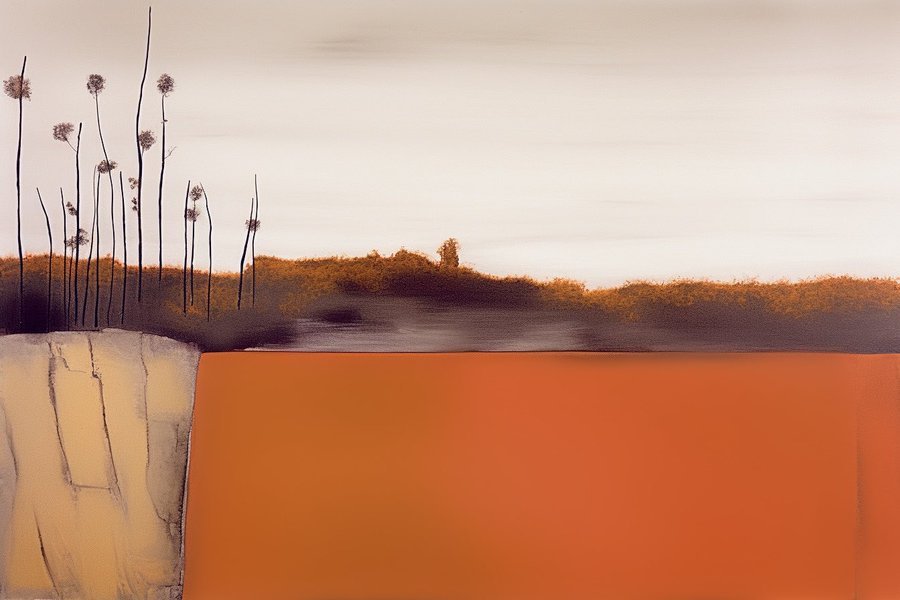
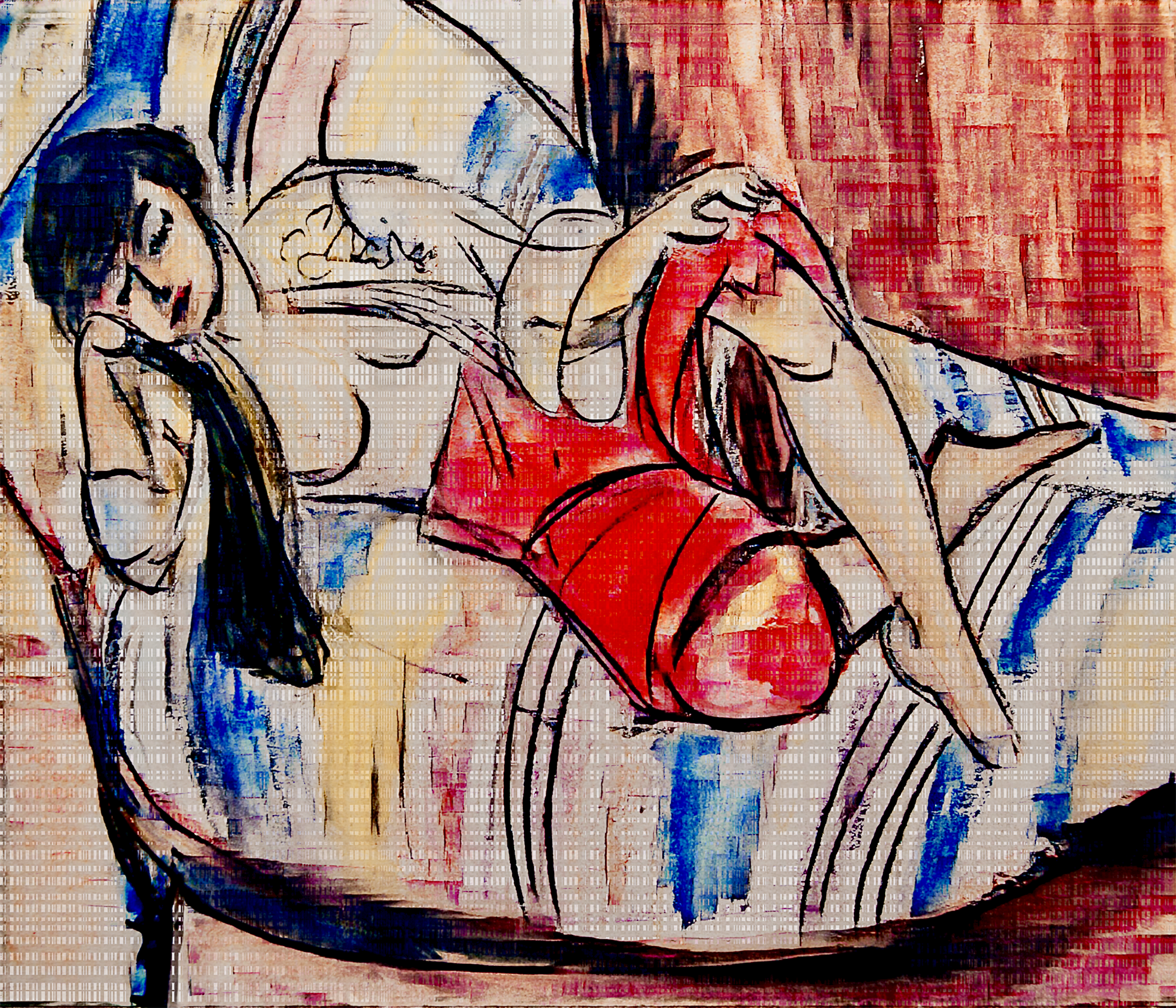



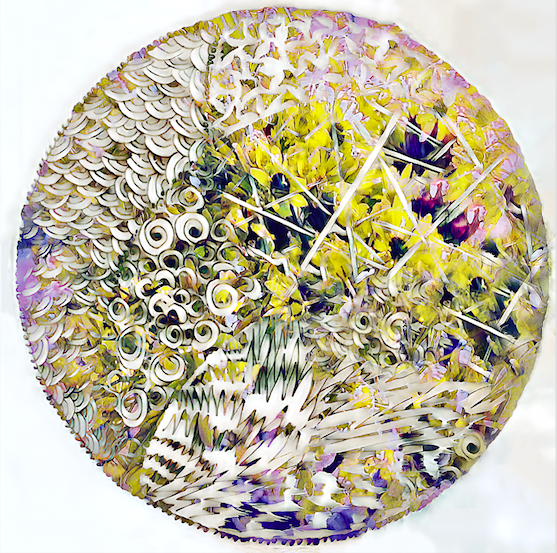

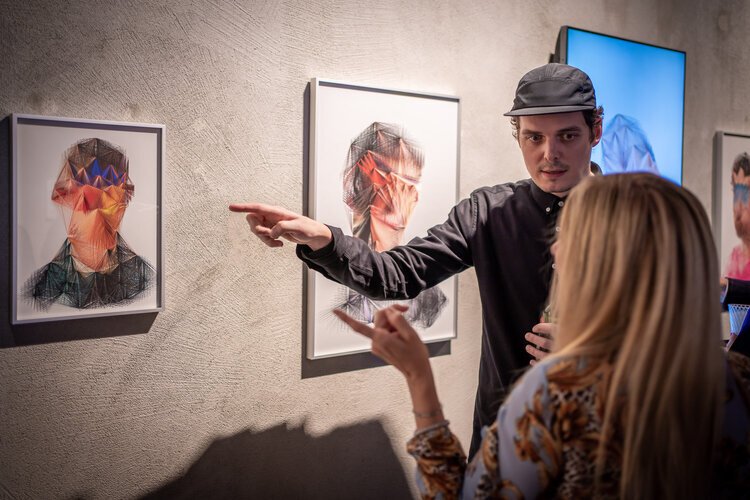
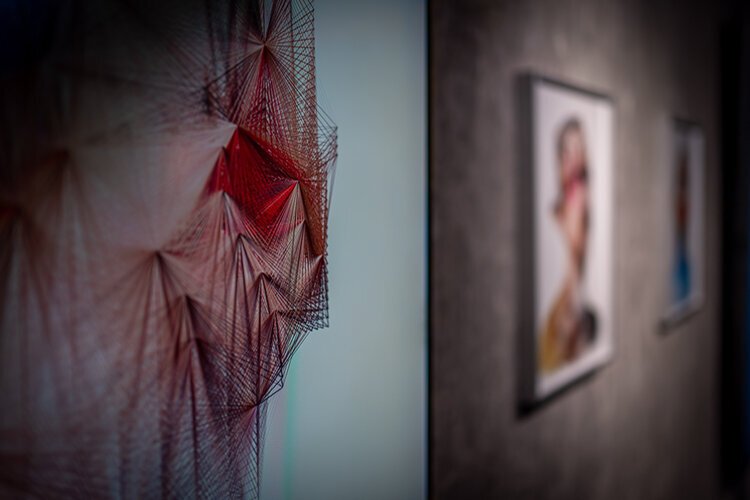



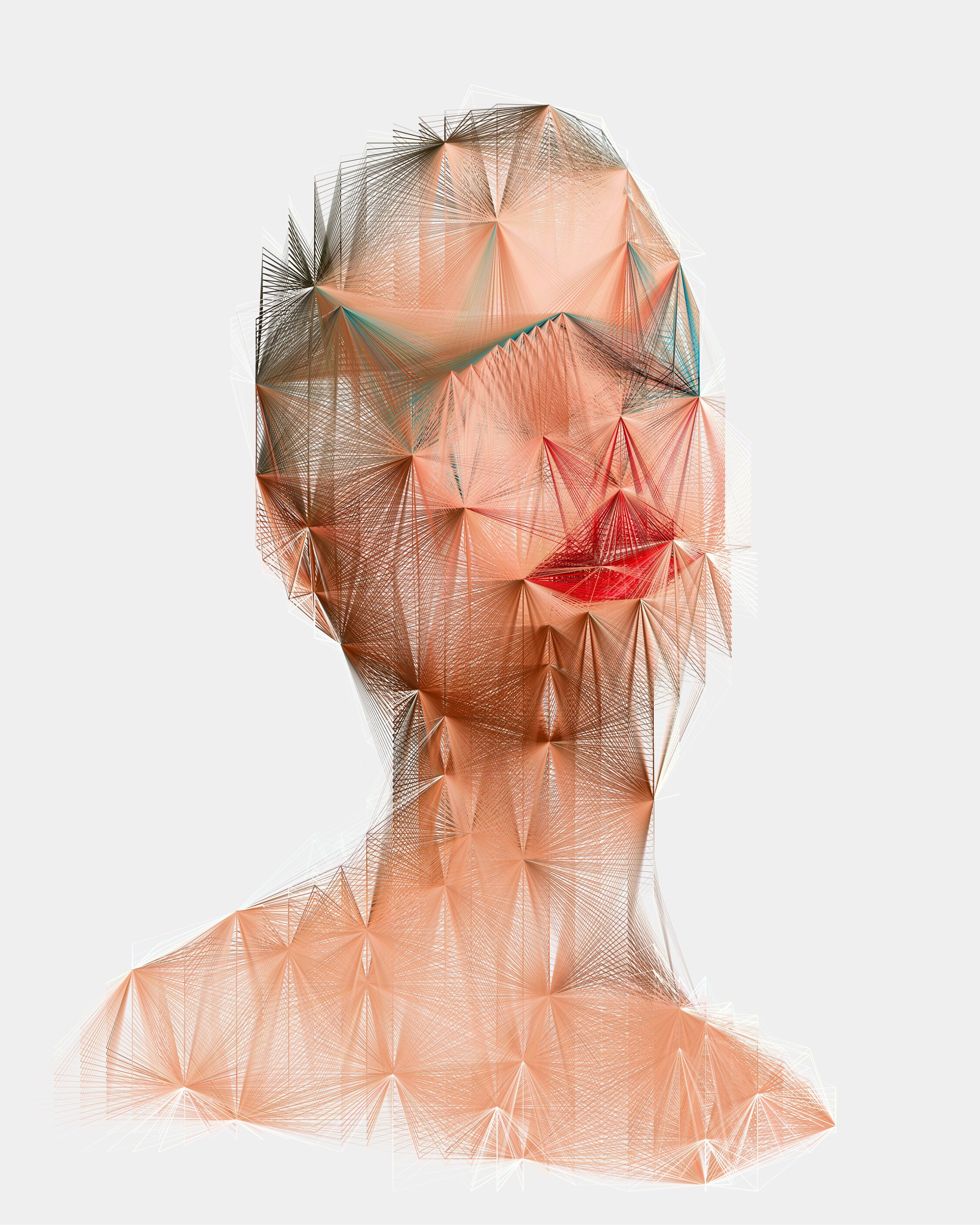









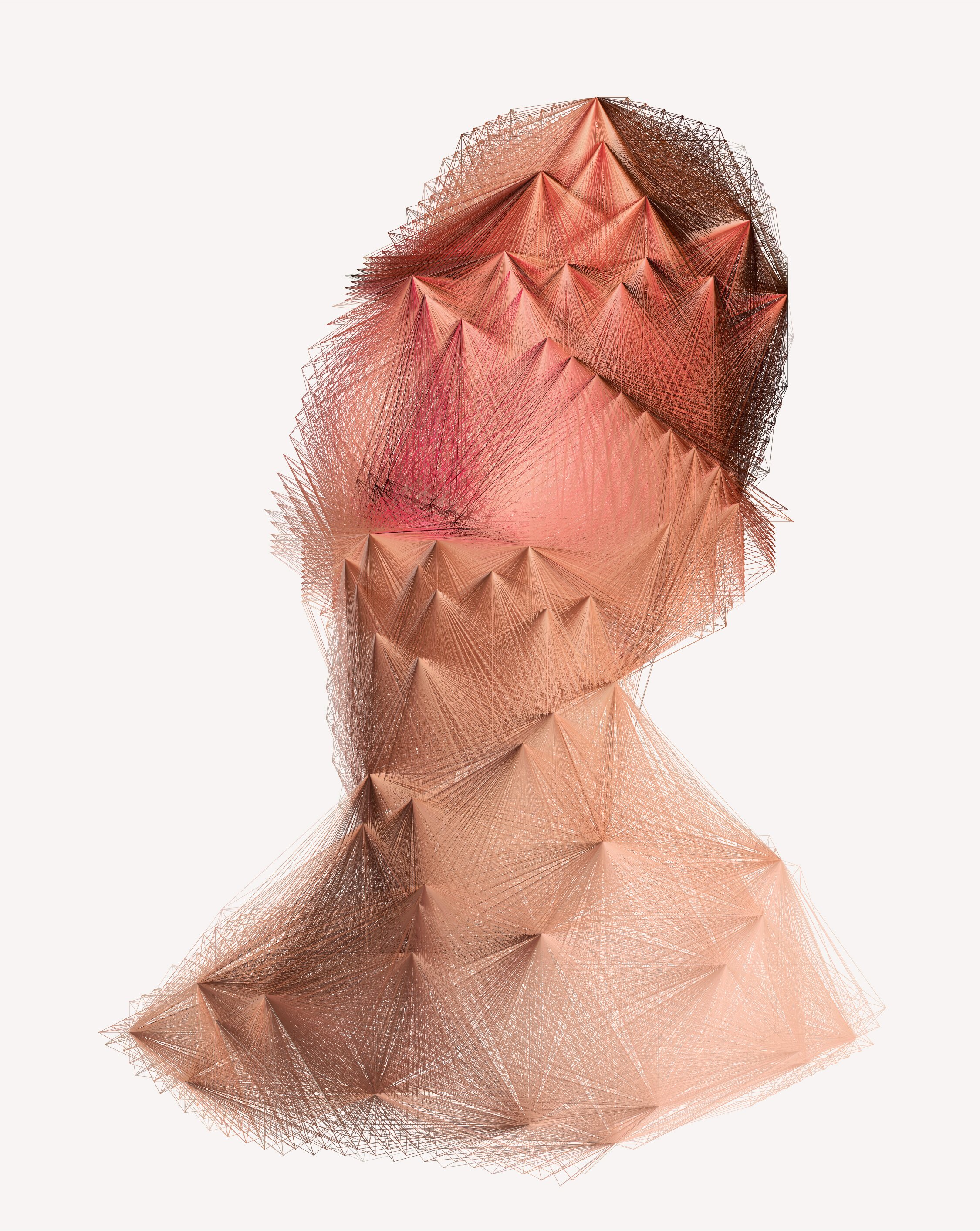









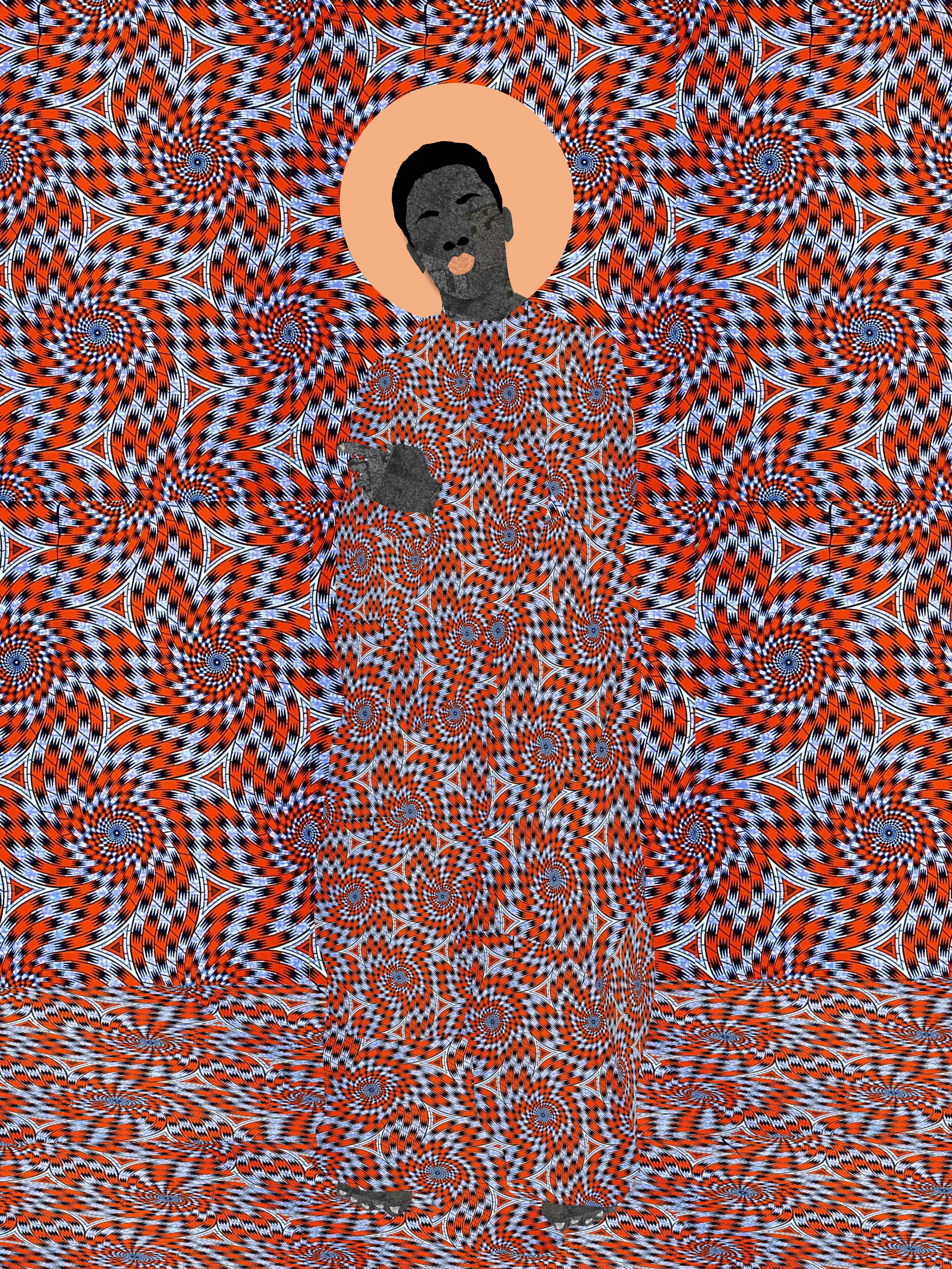









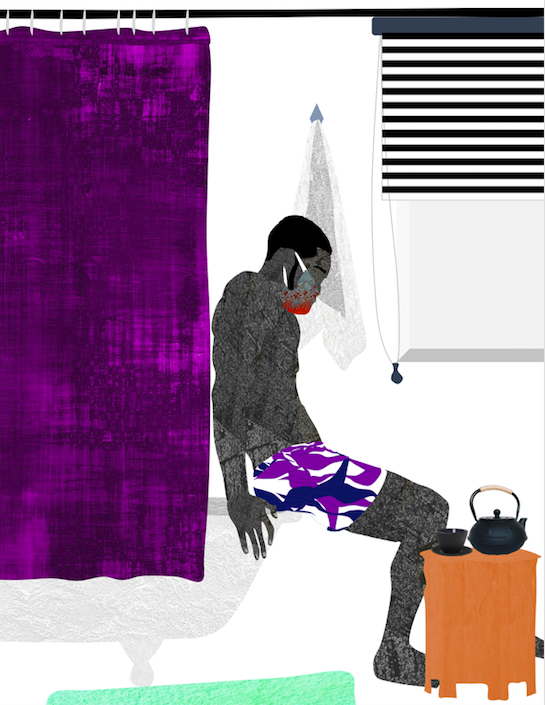











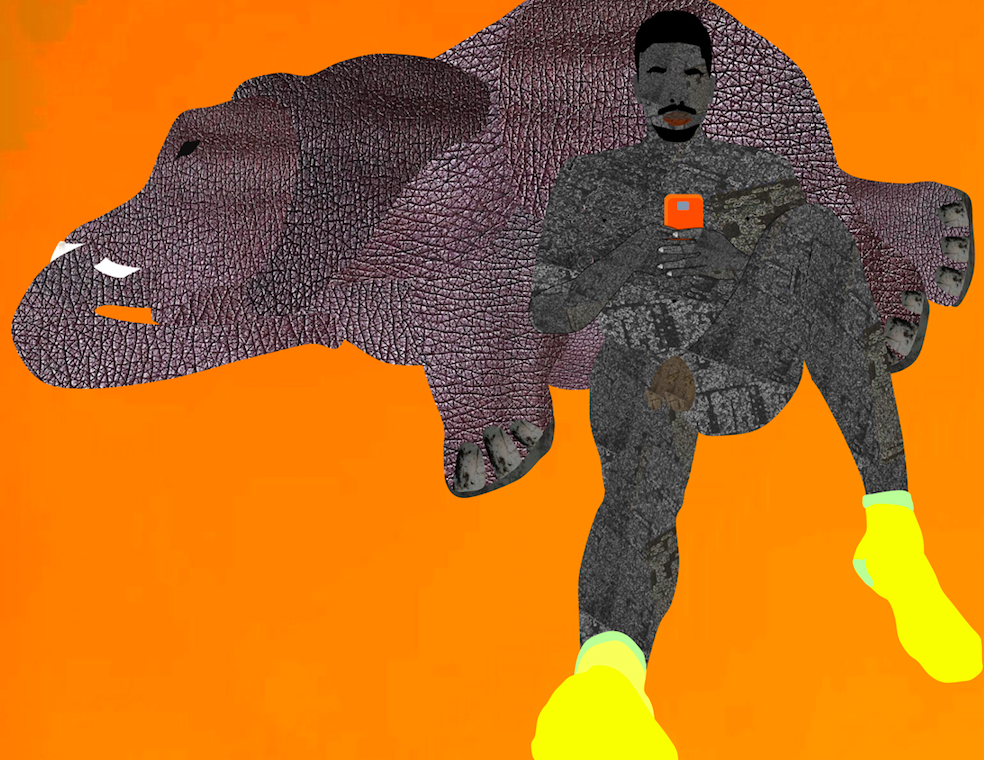























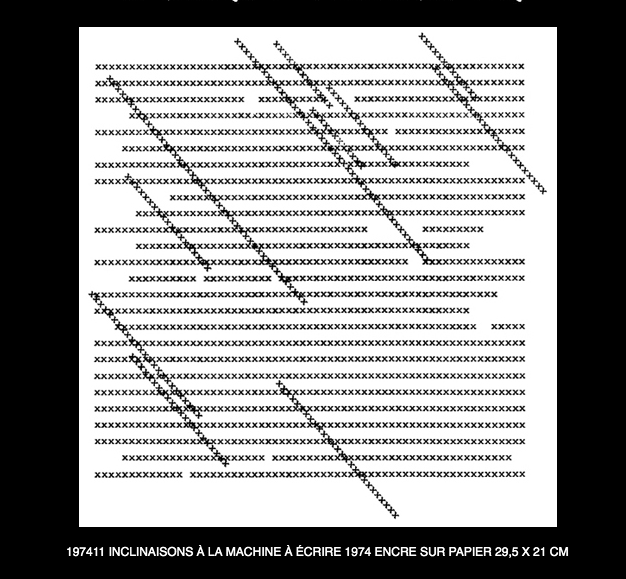
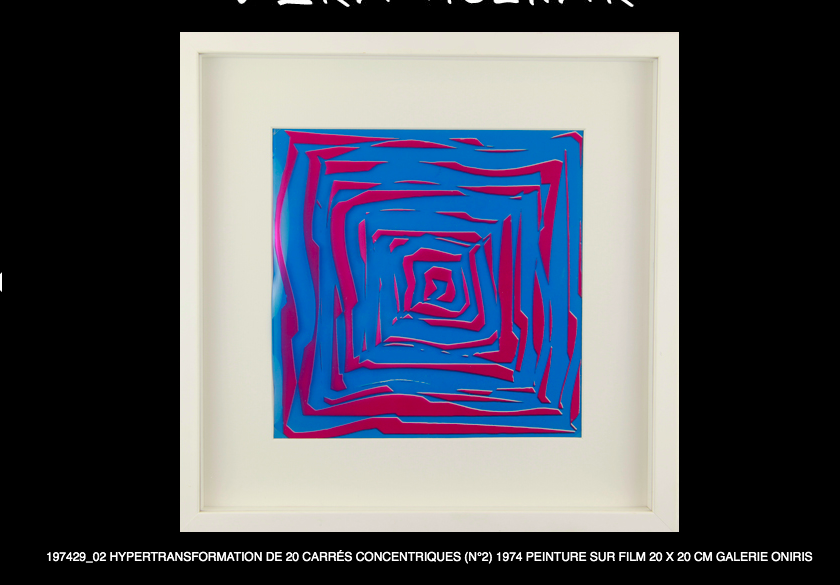

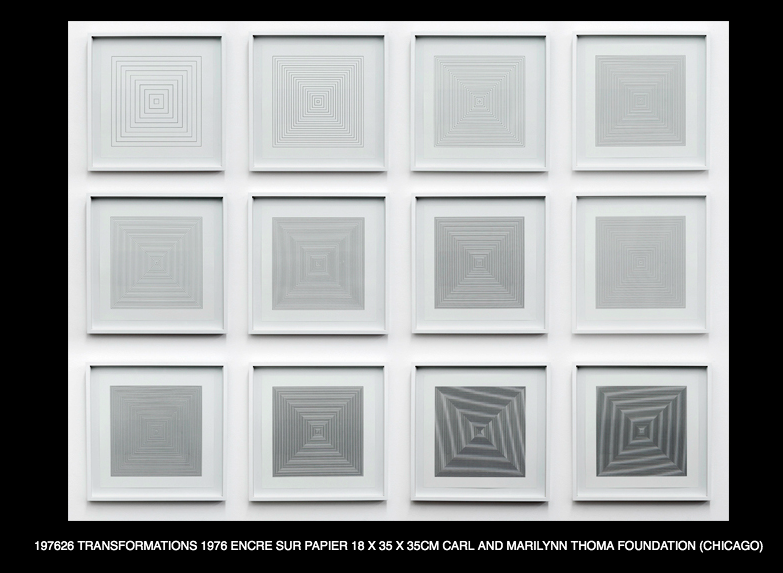
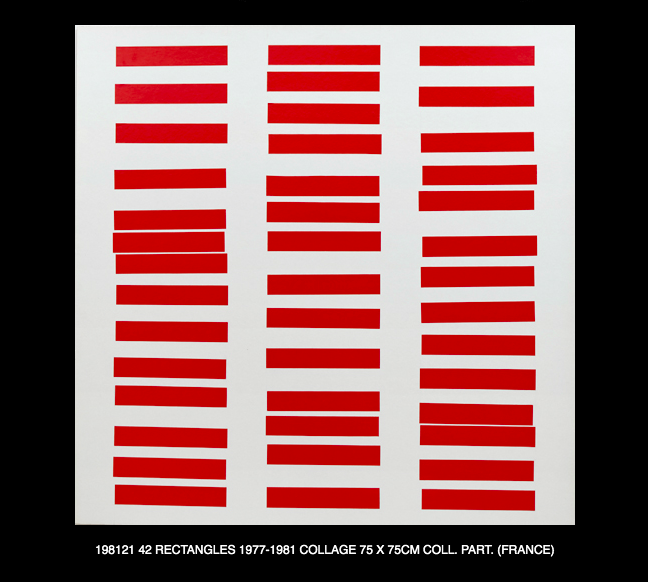
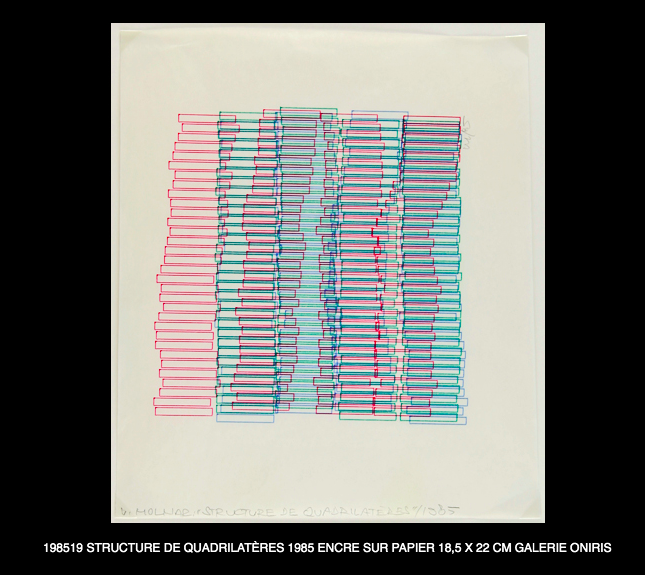
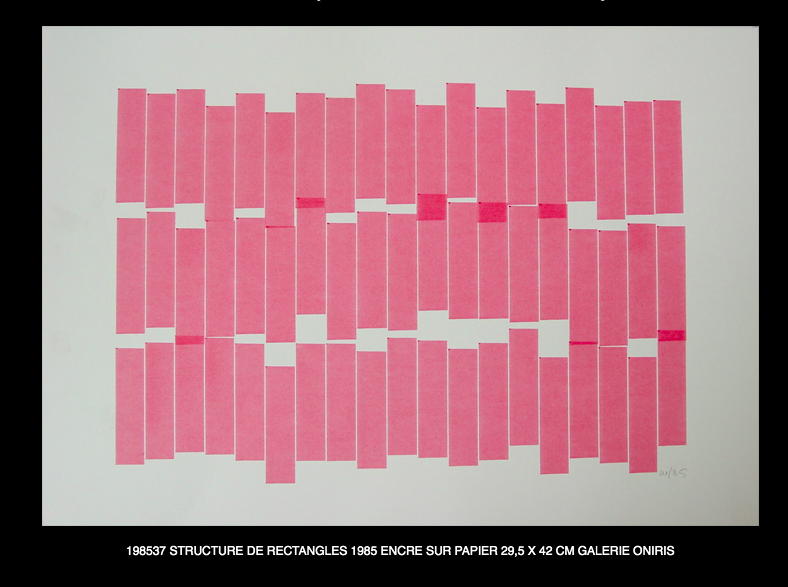
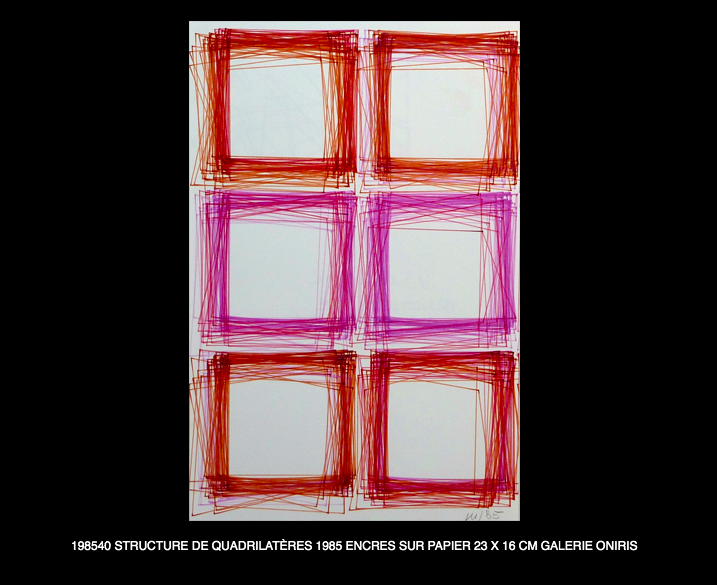
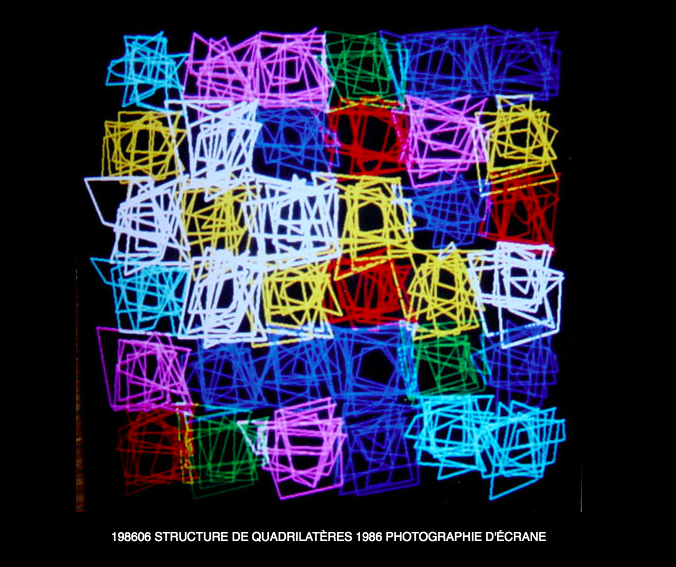
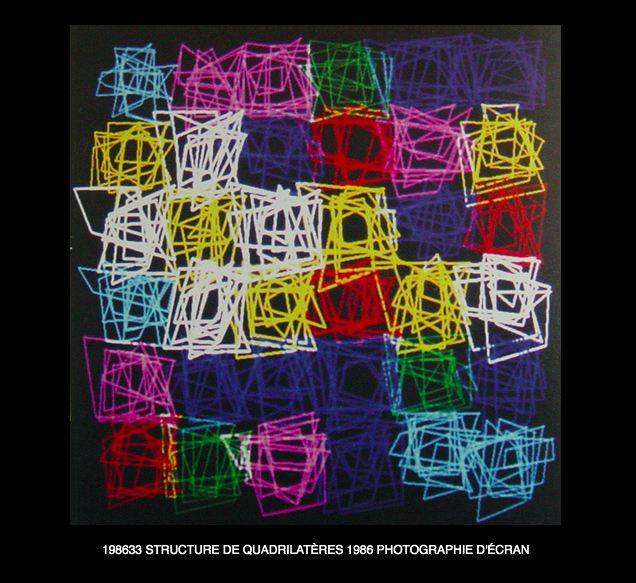





















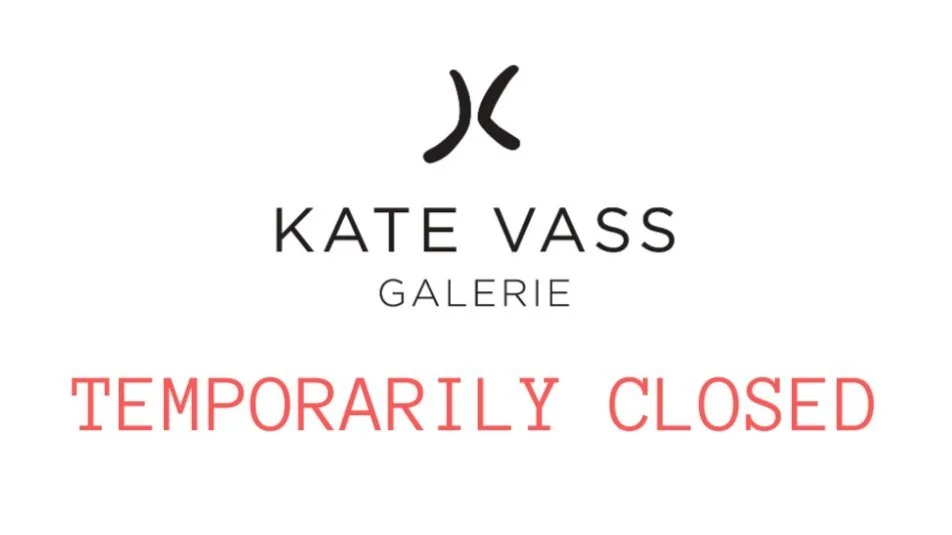























They don’t make GANs like that anymore, 2024
NFT + print (minted/produced upon request)
Price: 5 ETH
For more information, please contact us at info@katevassgalerie.com